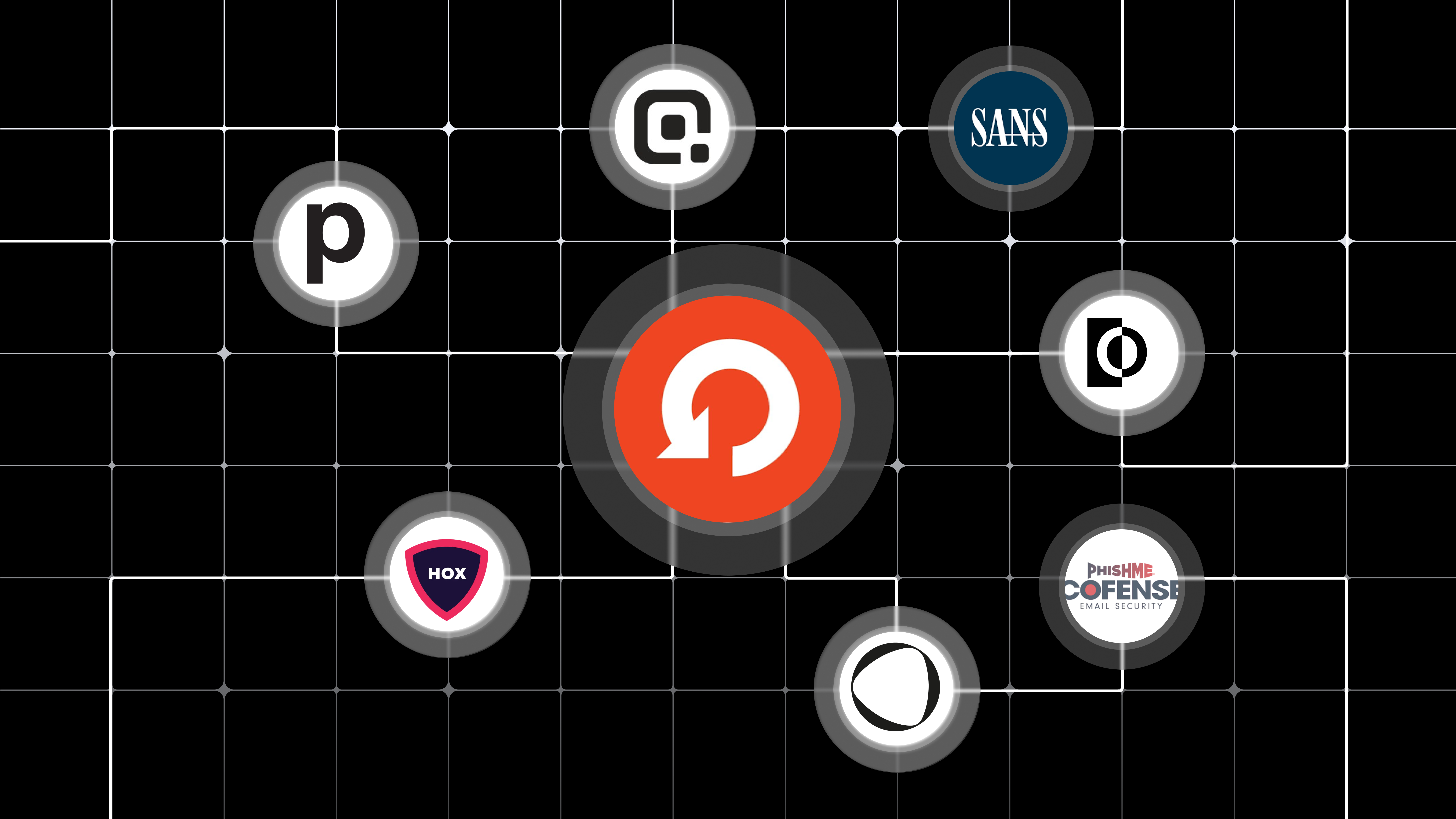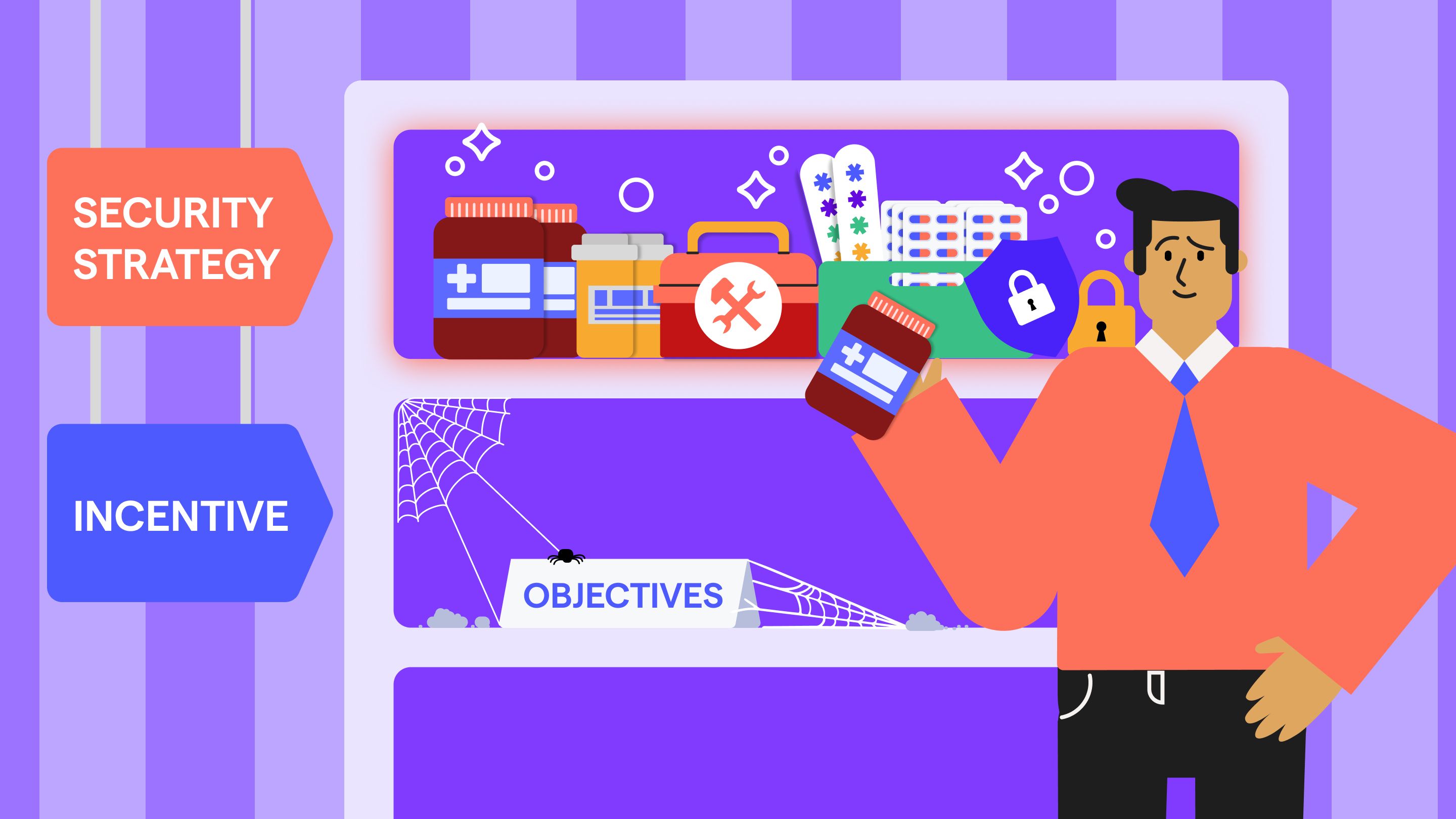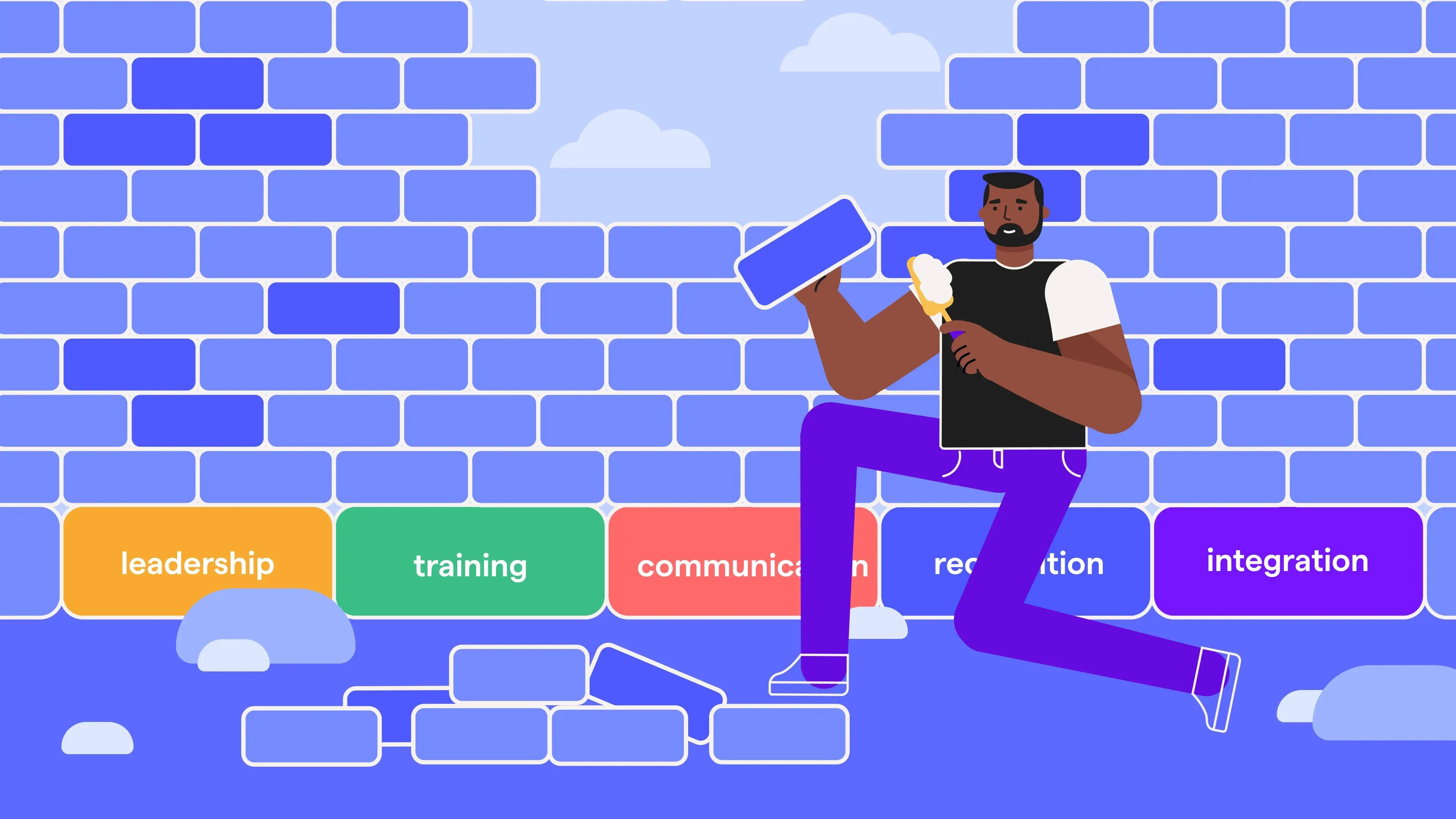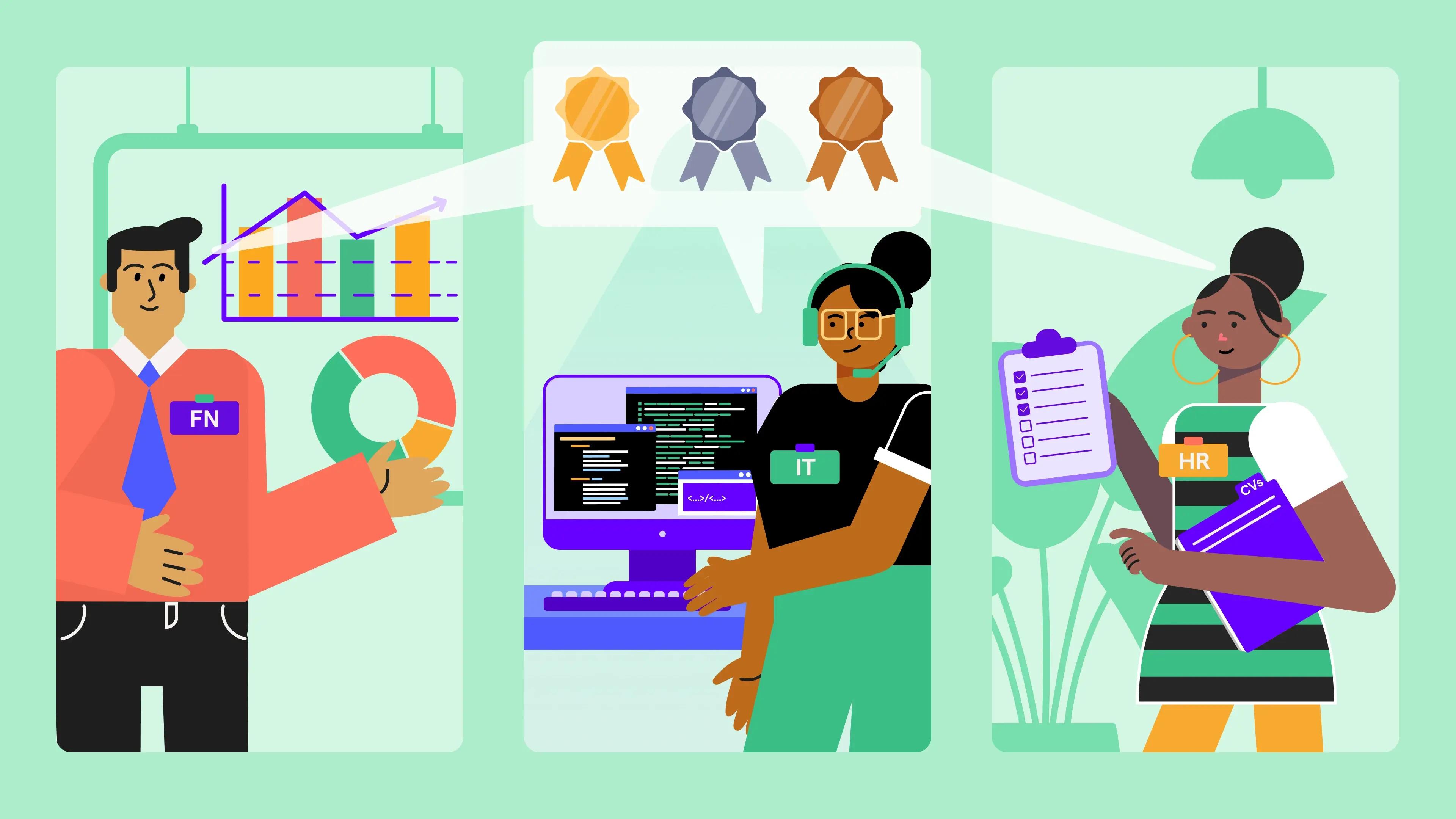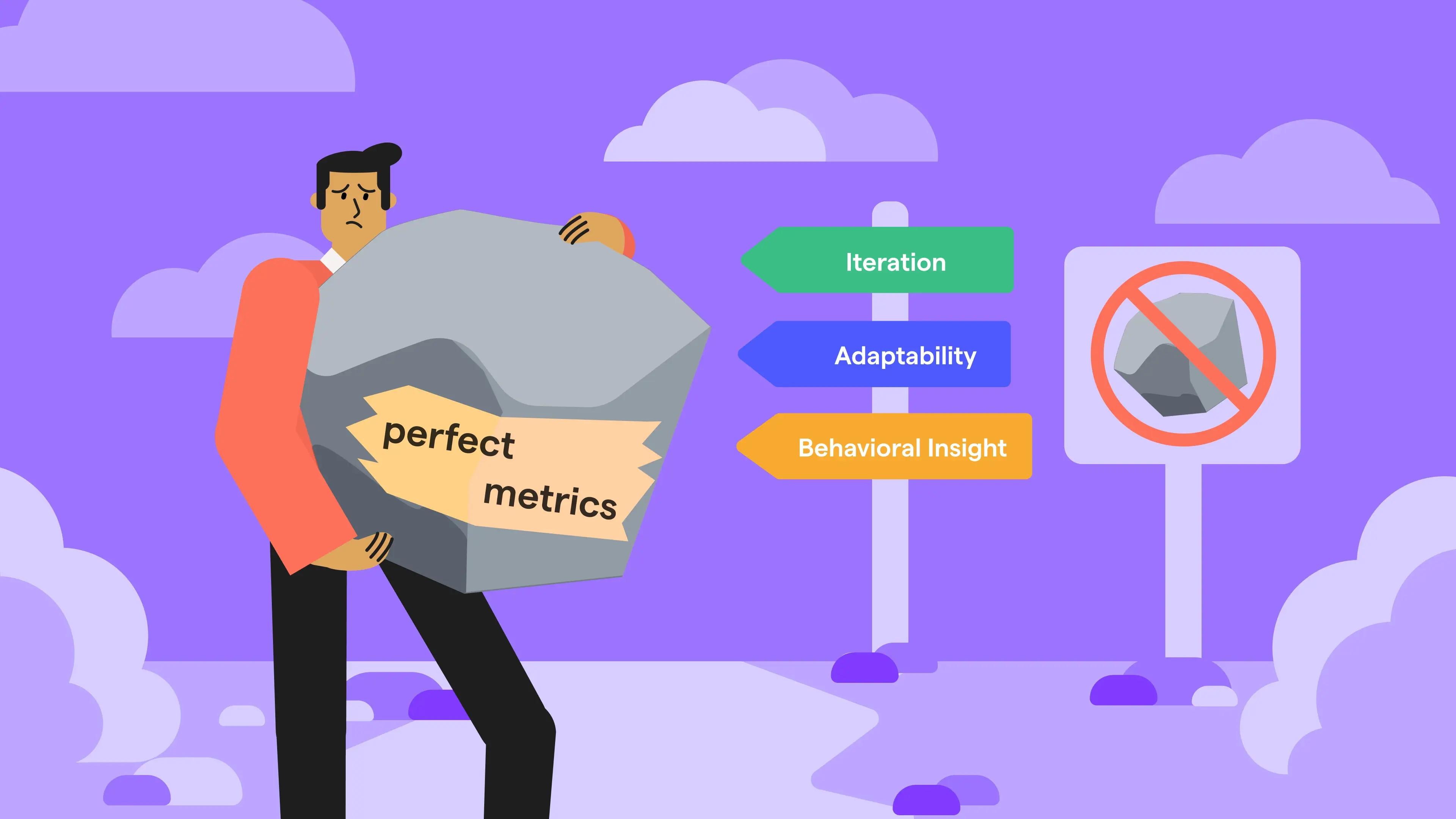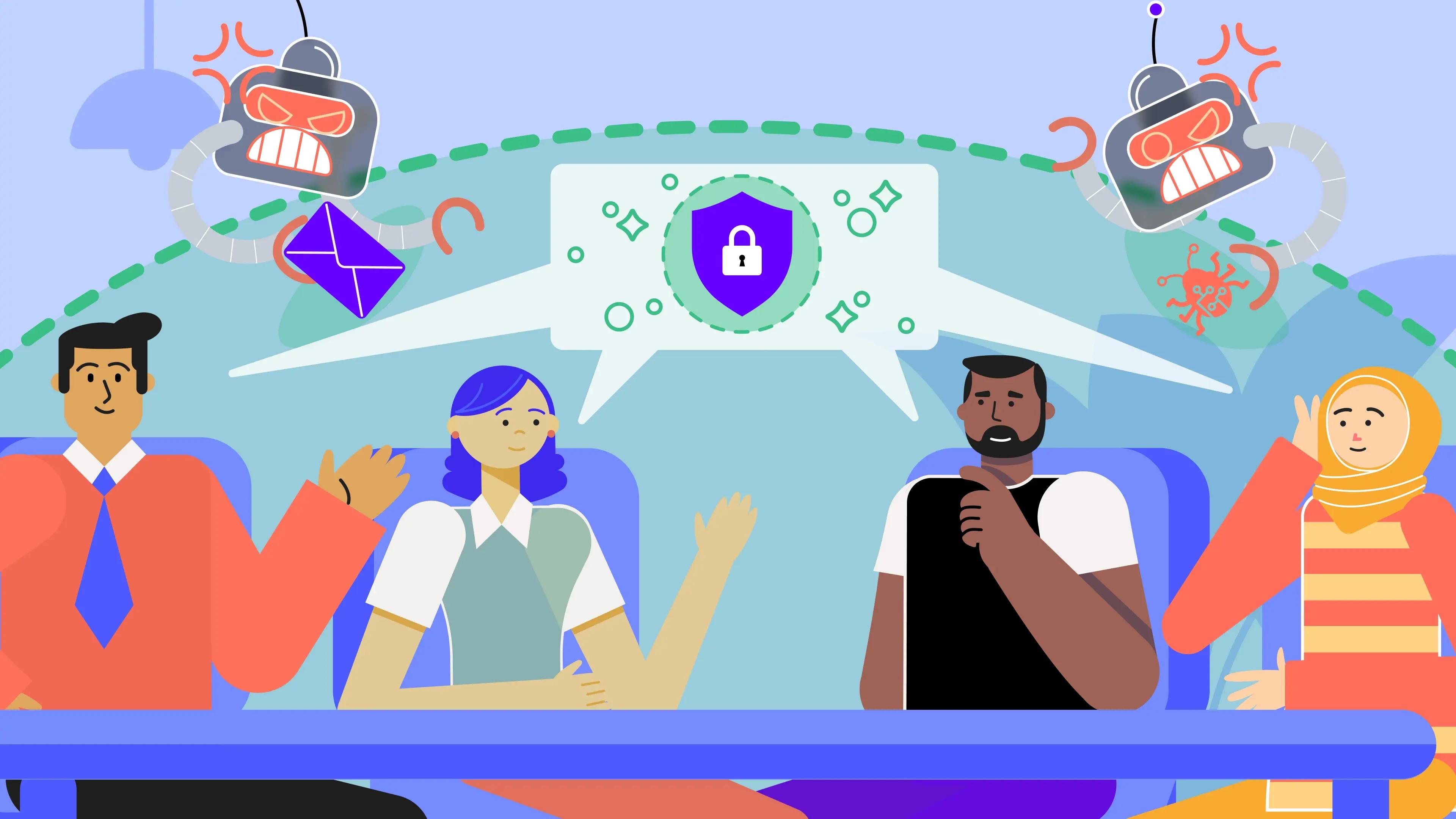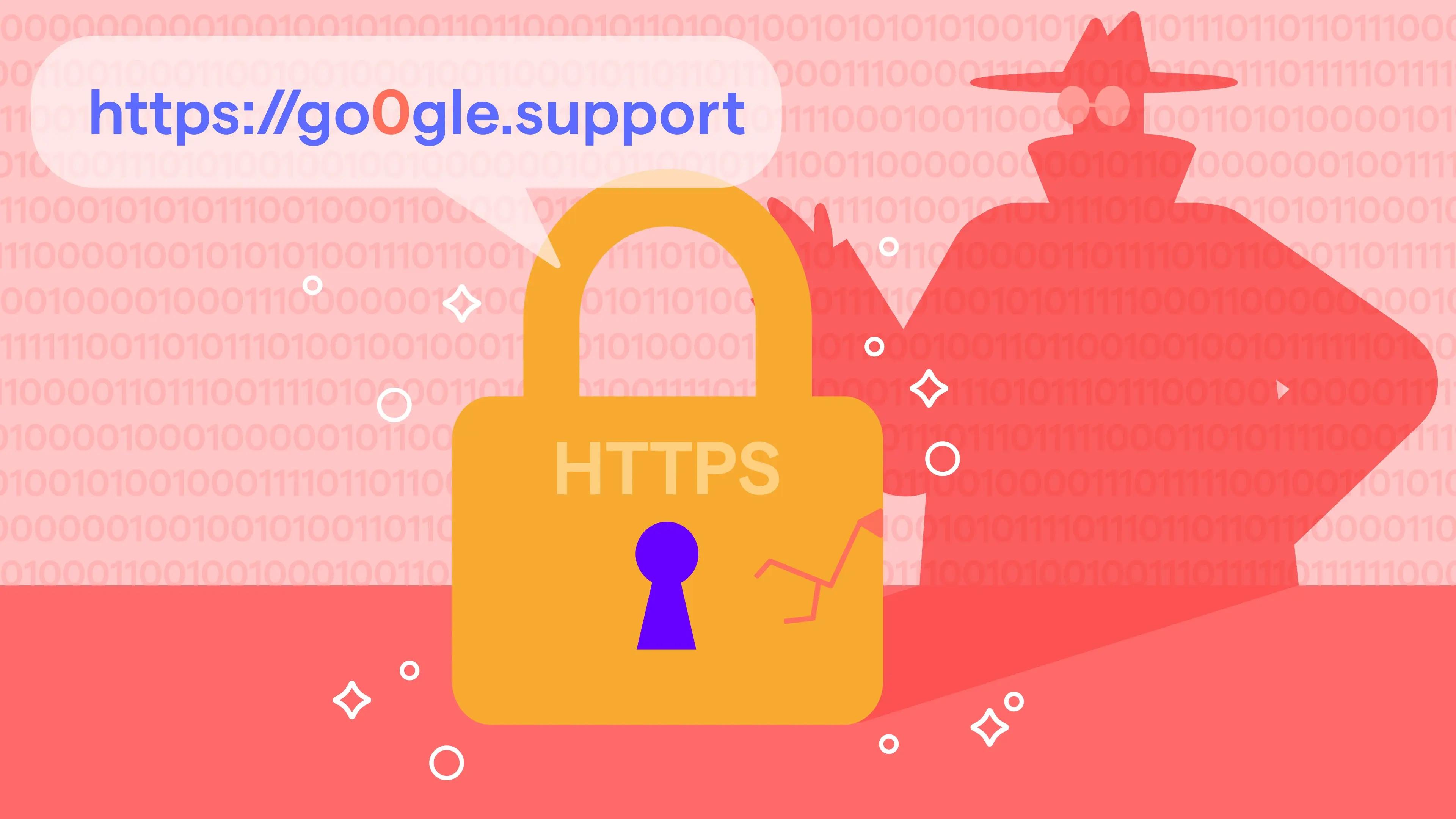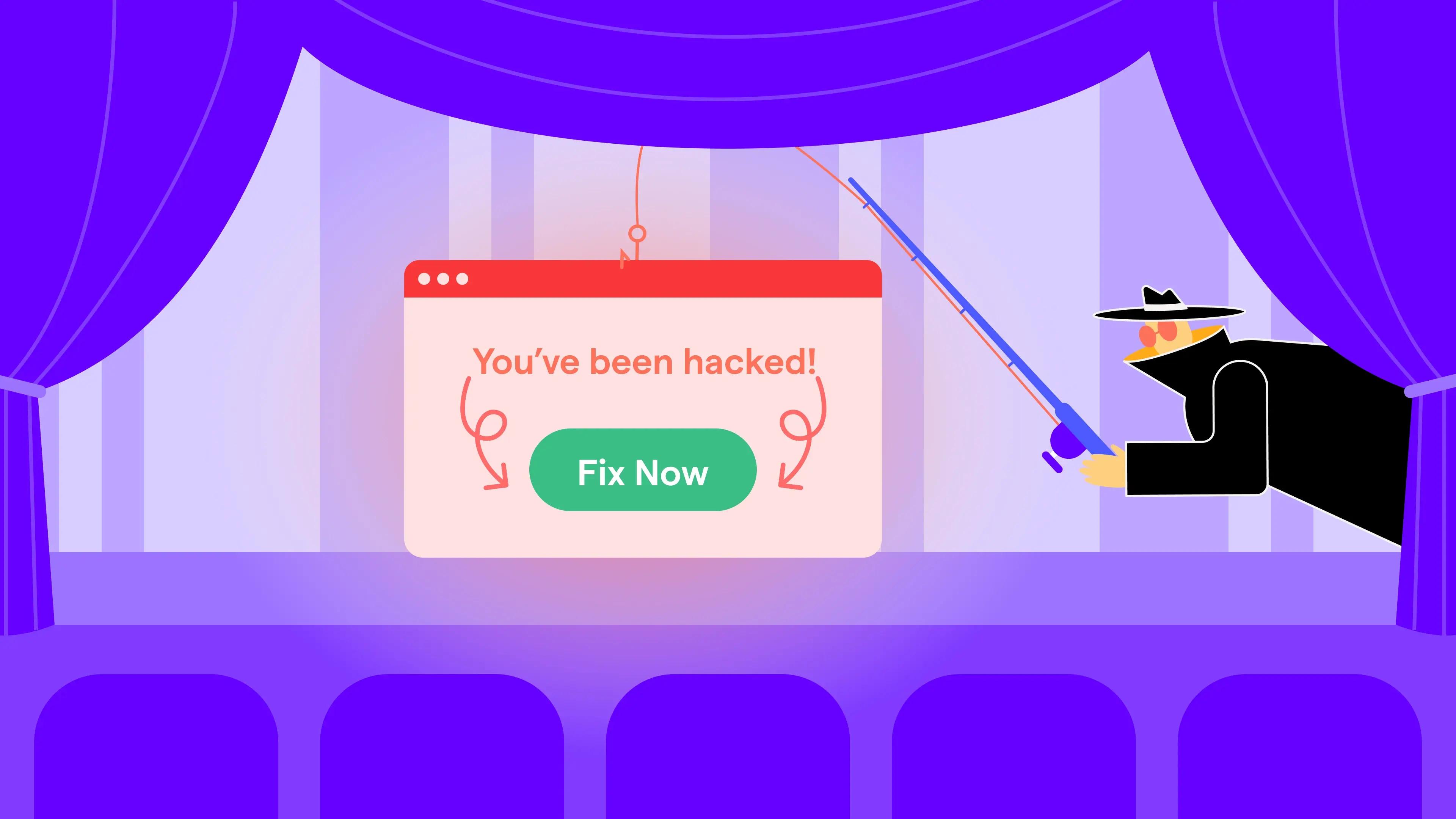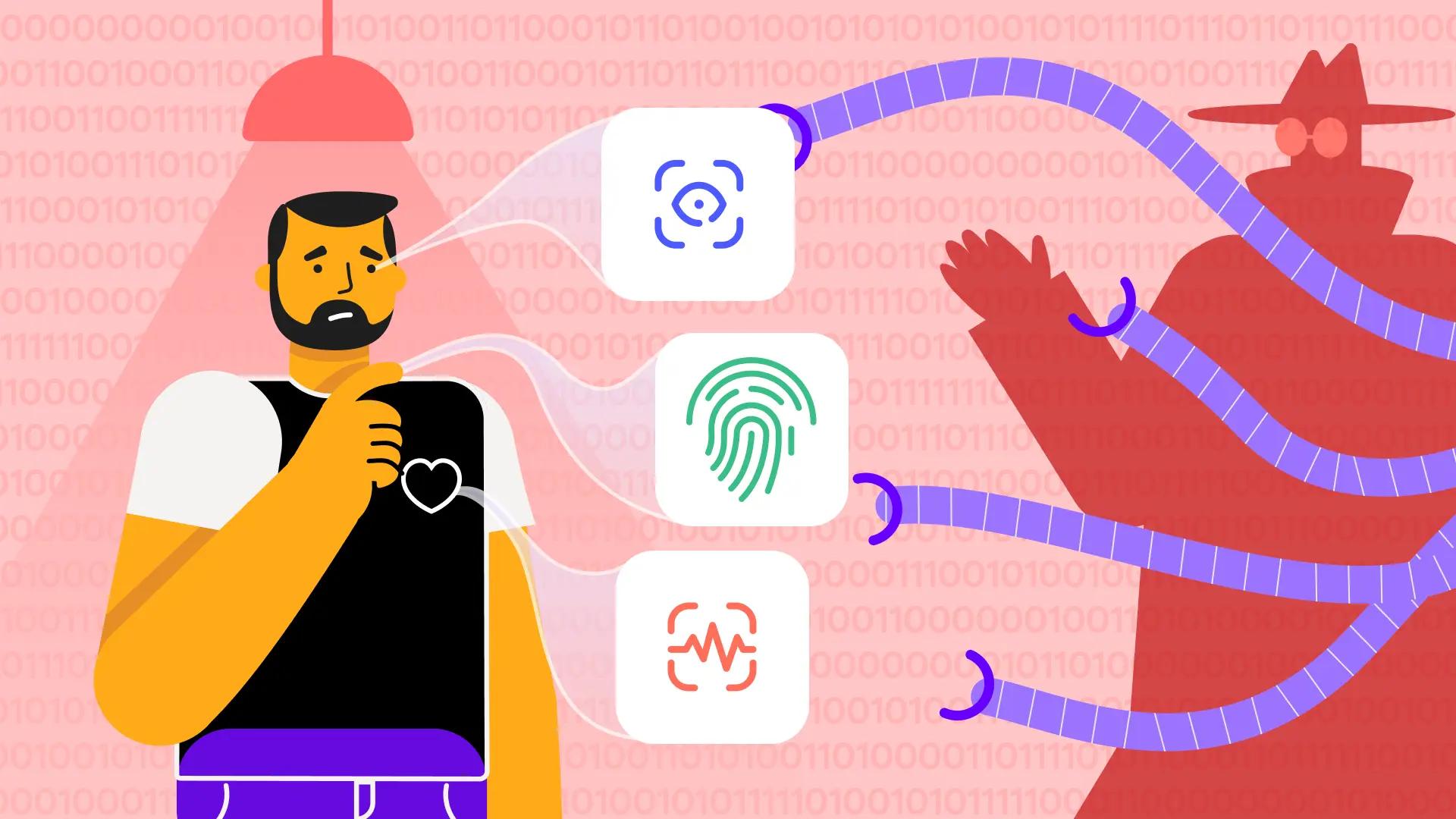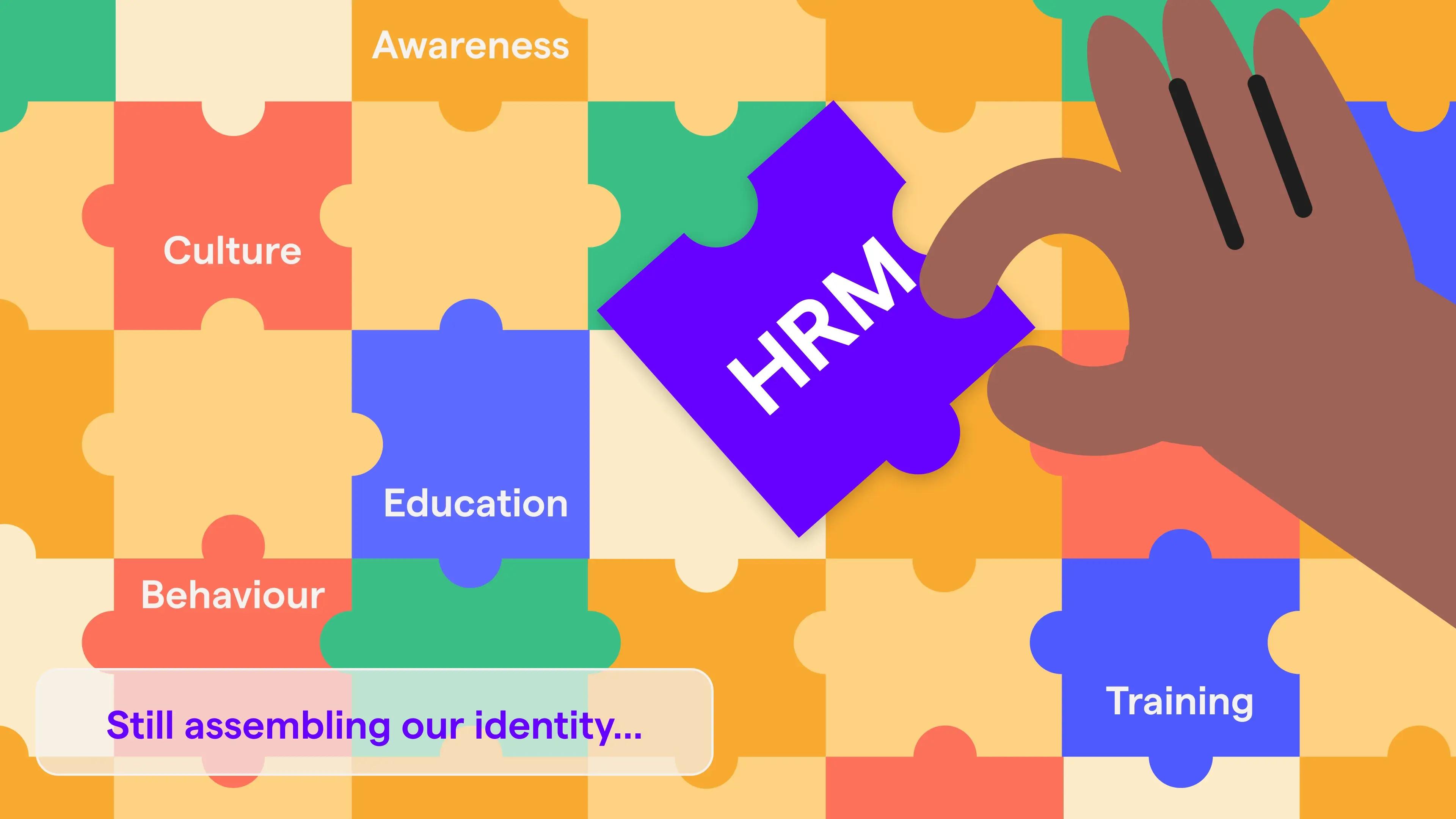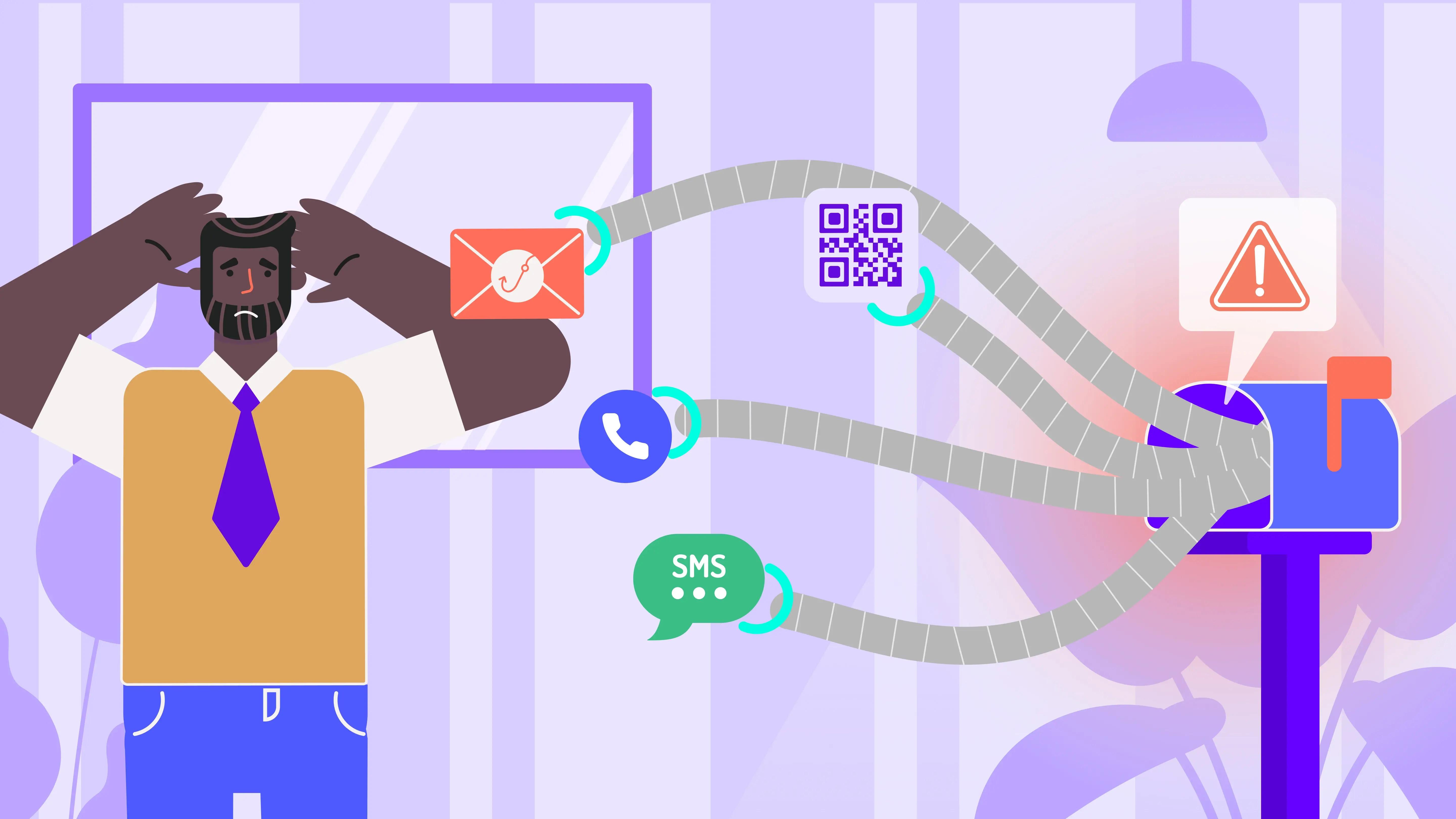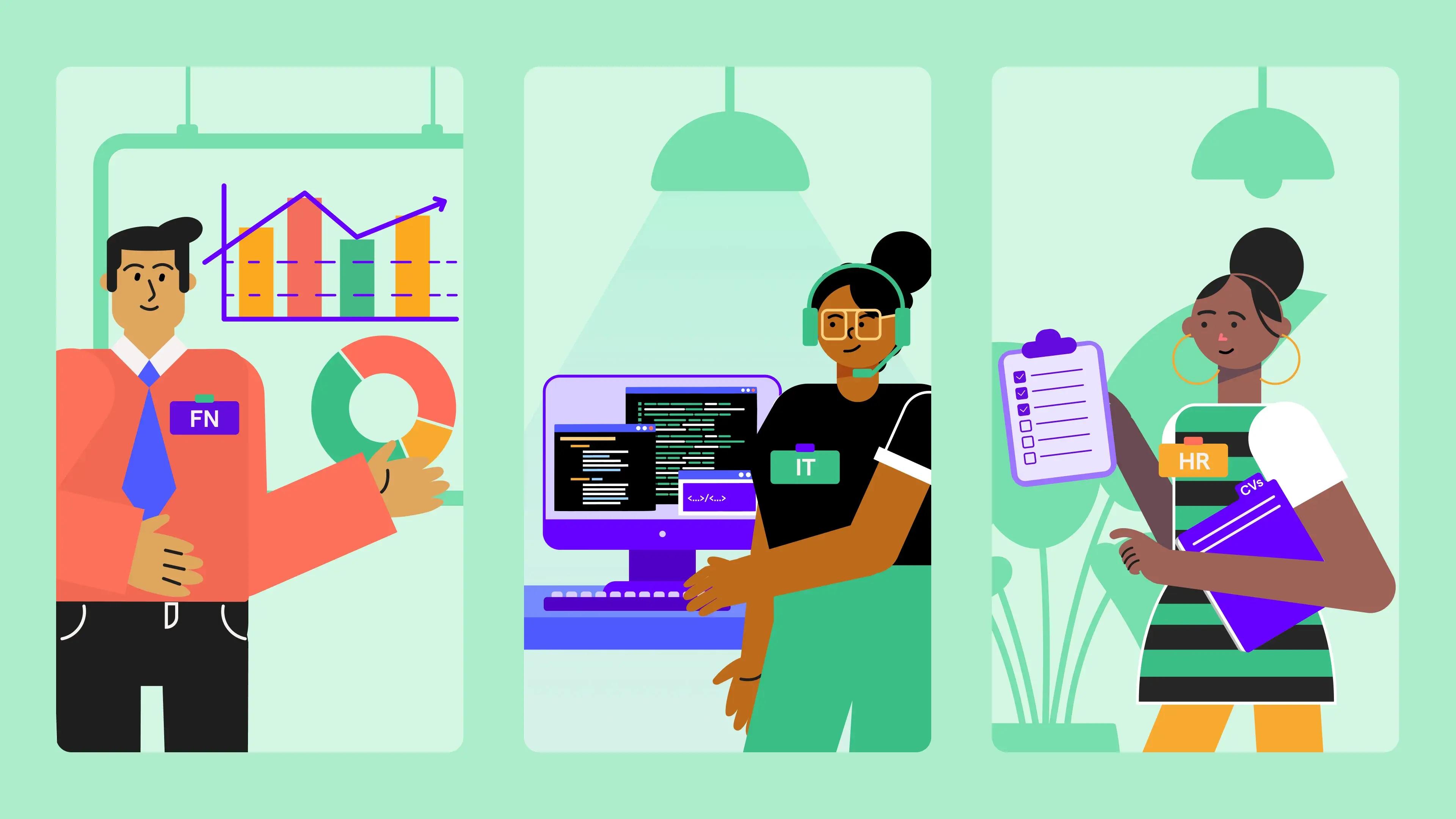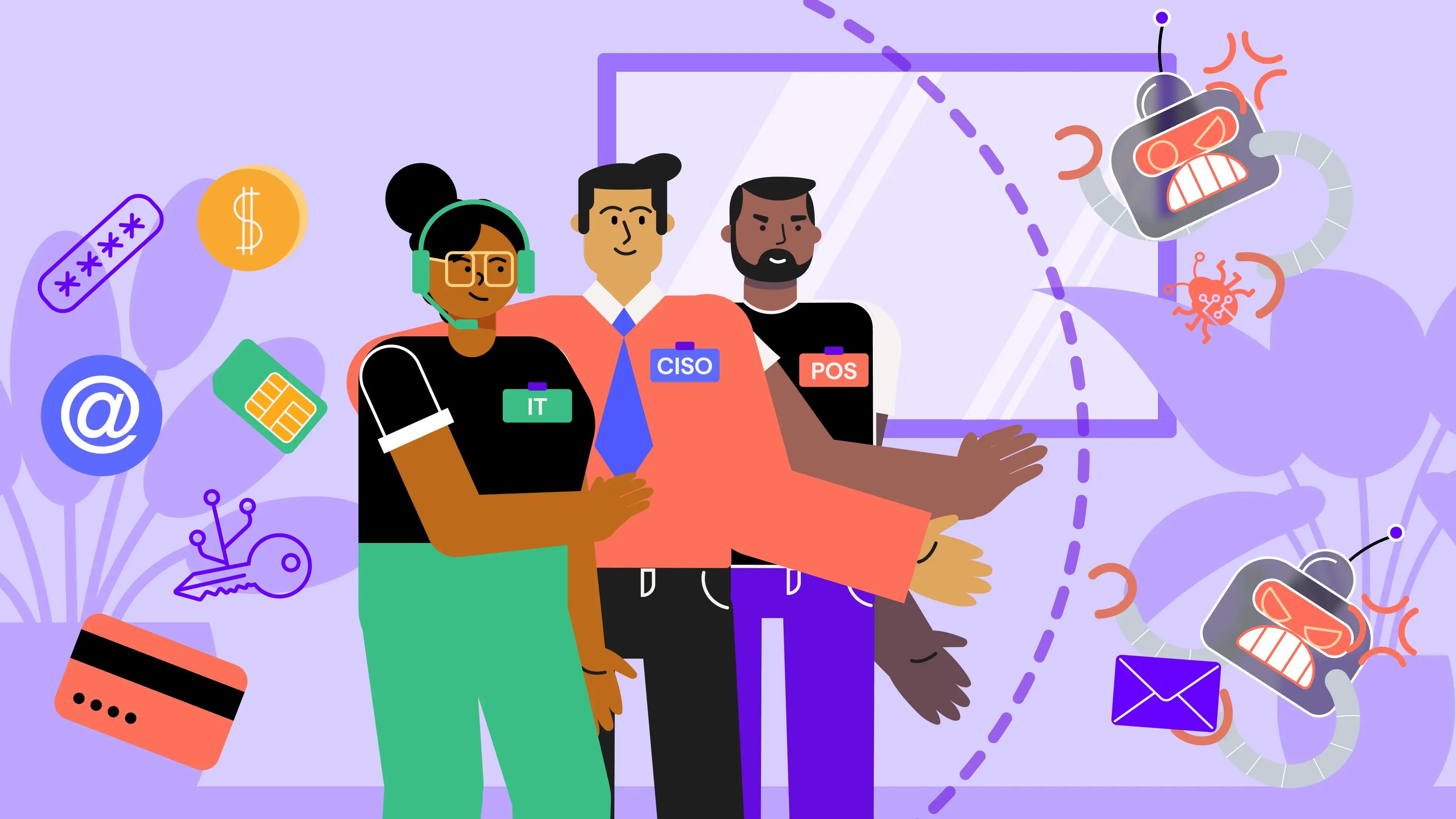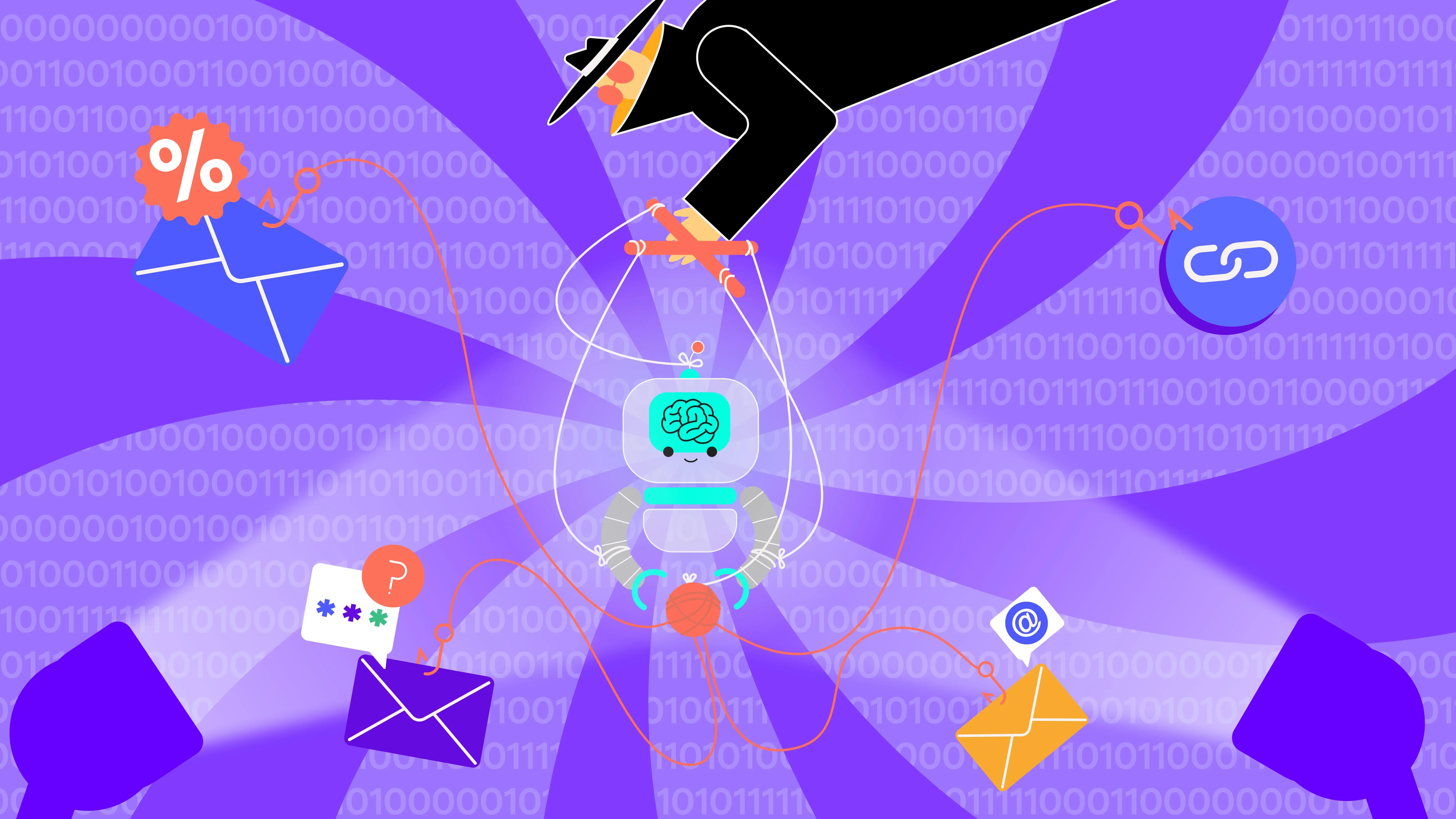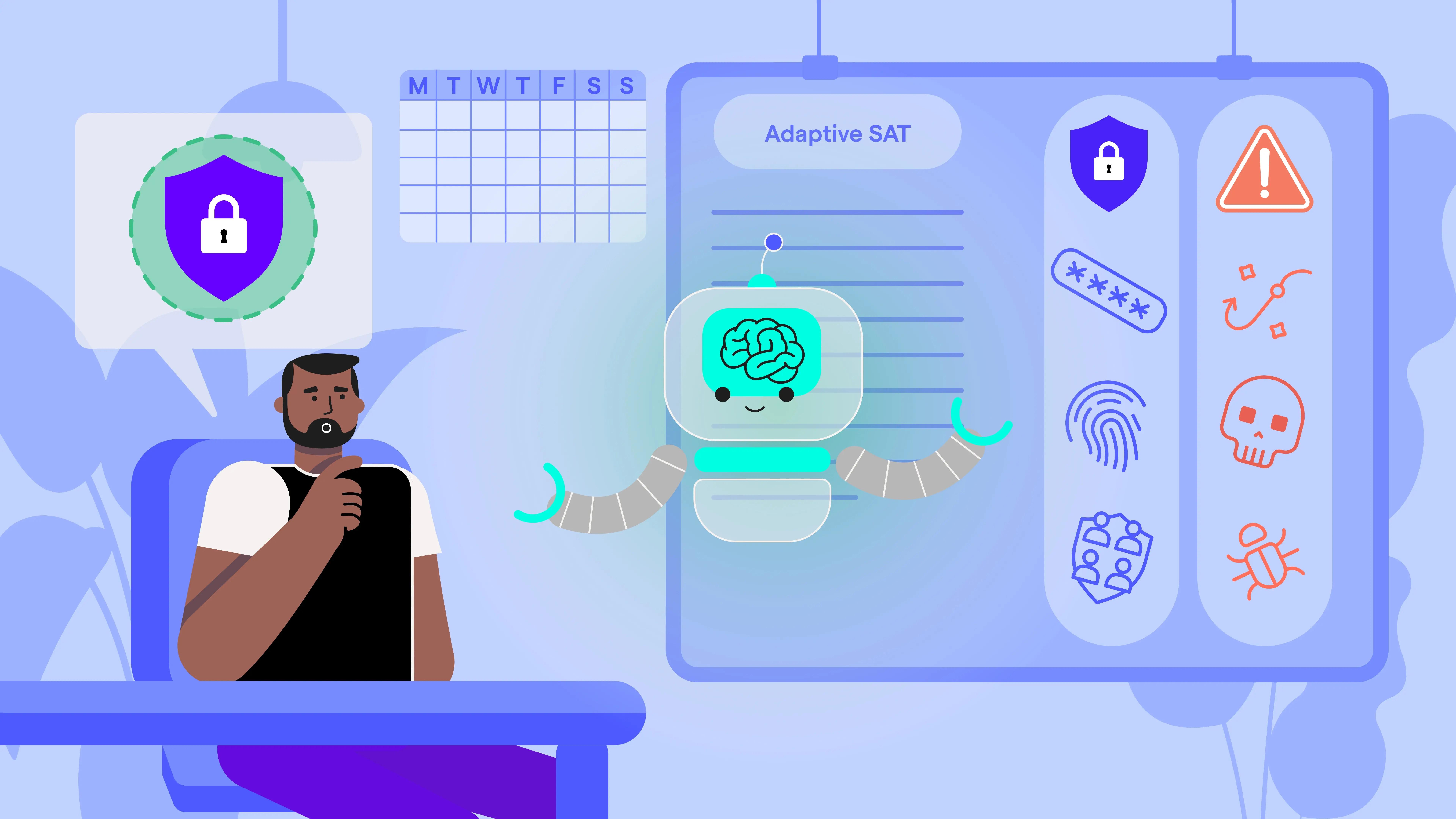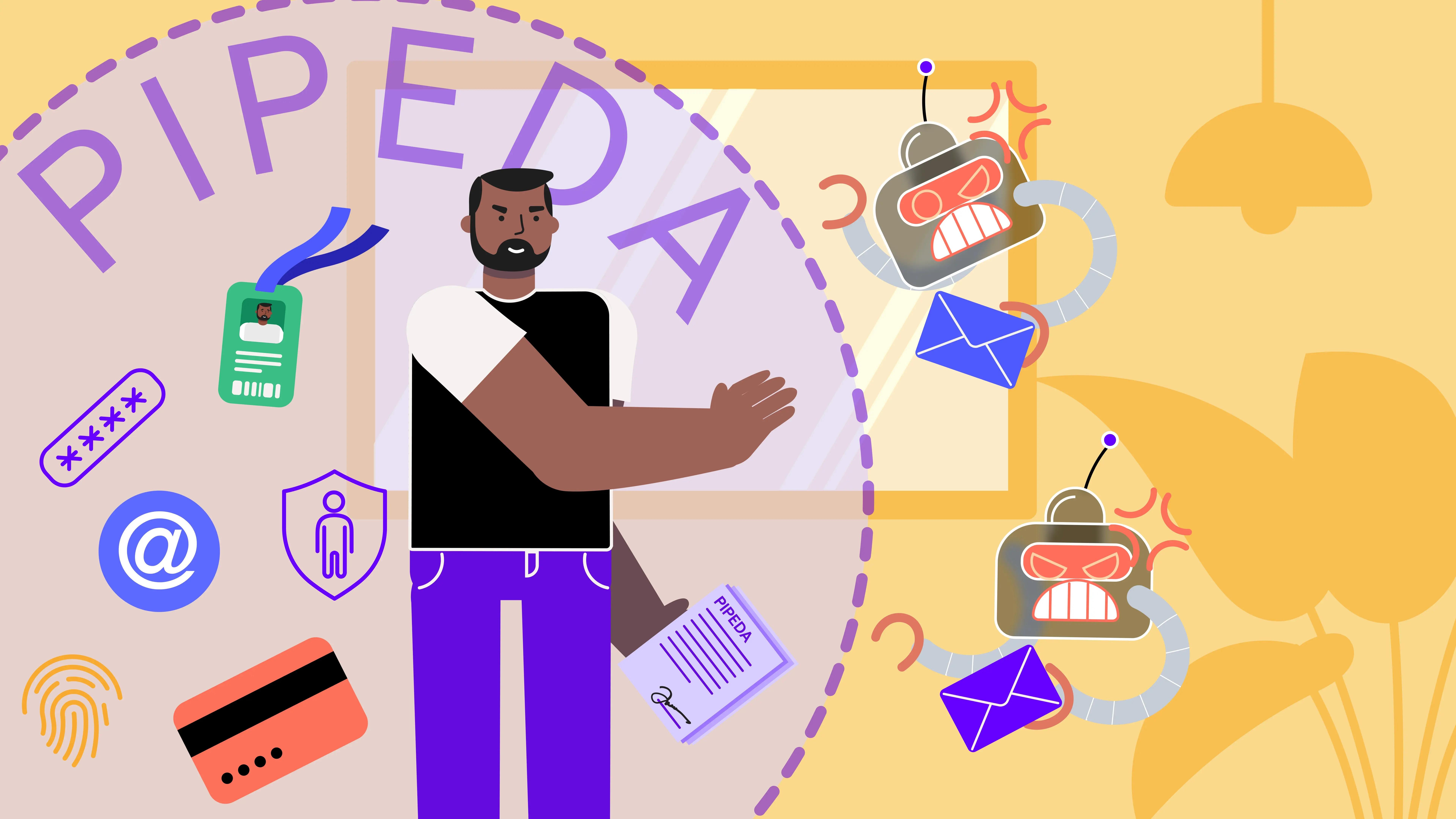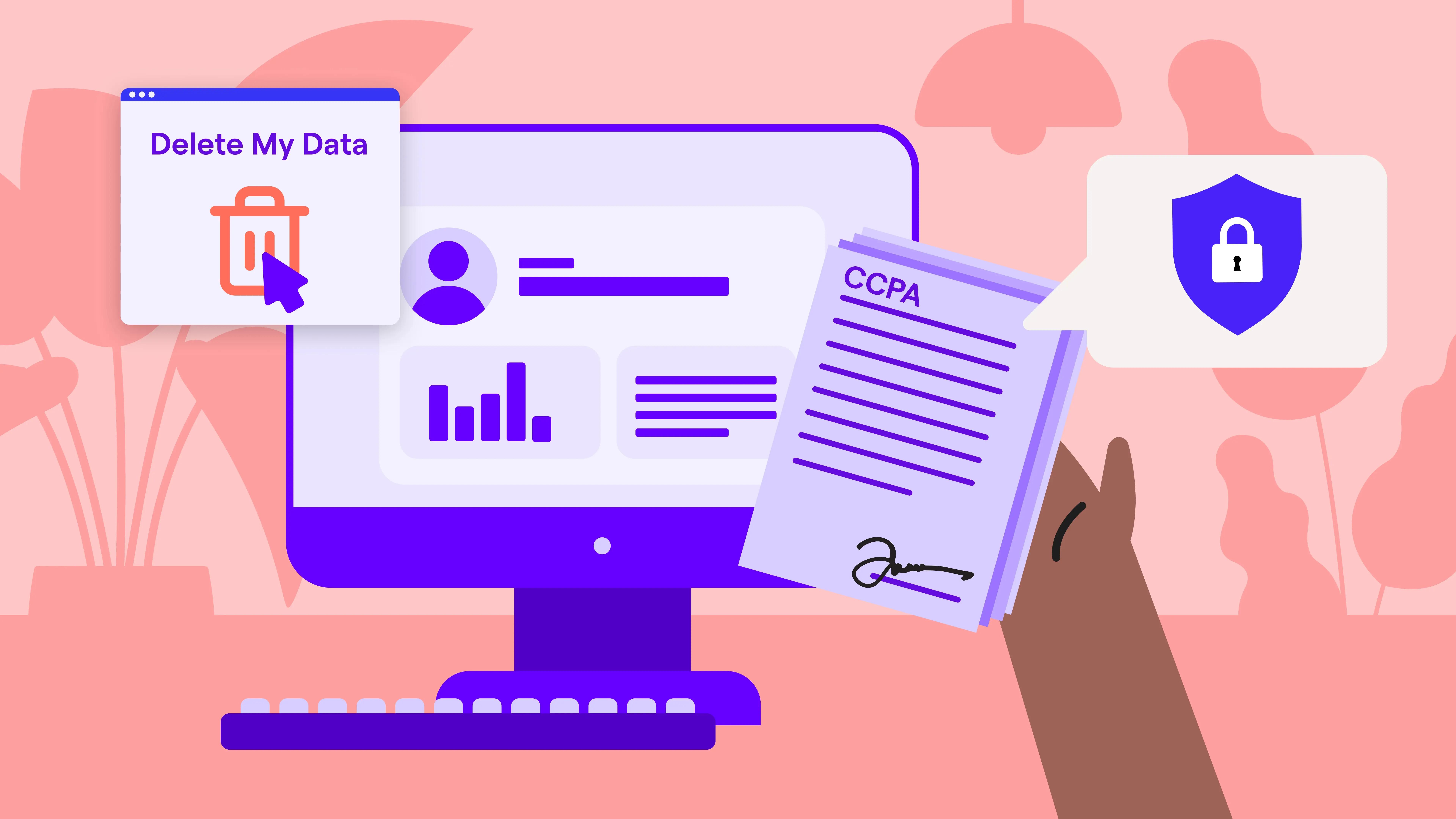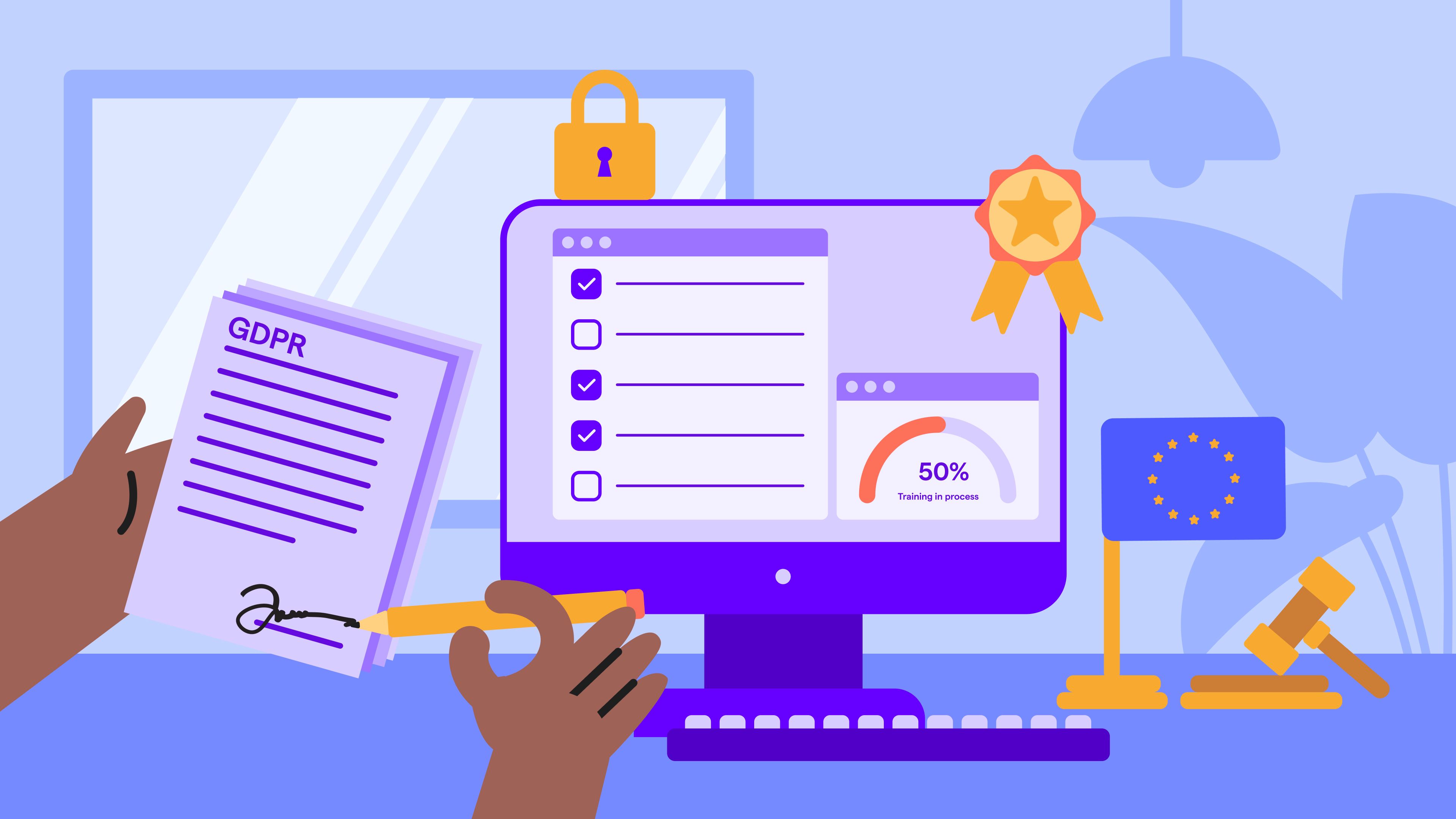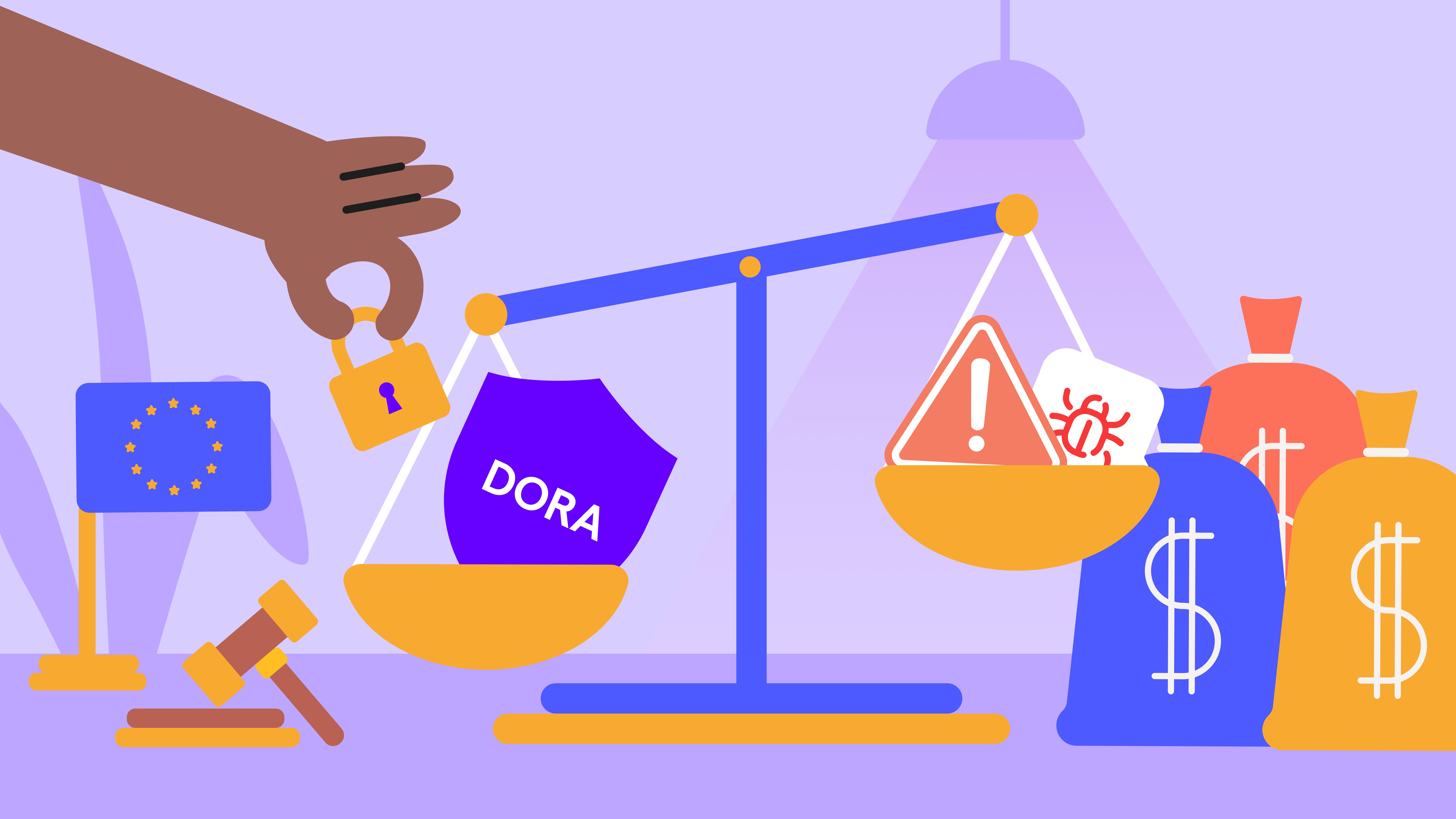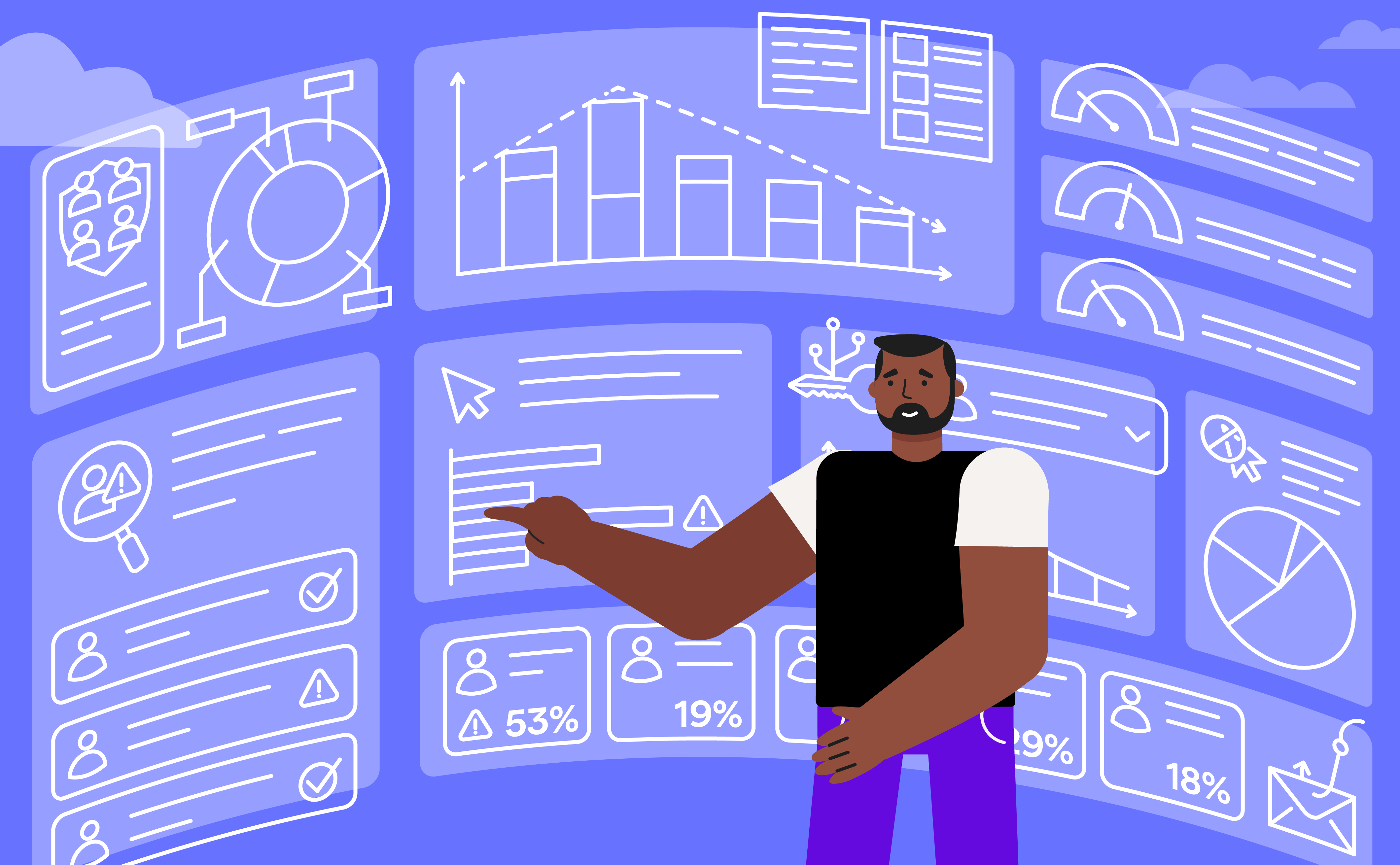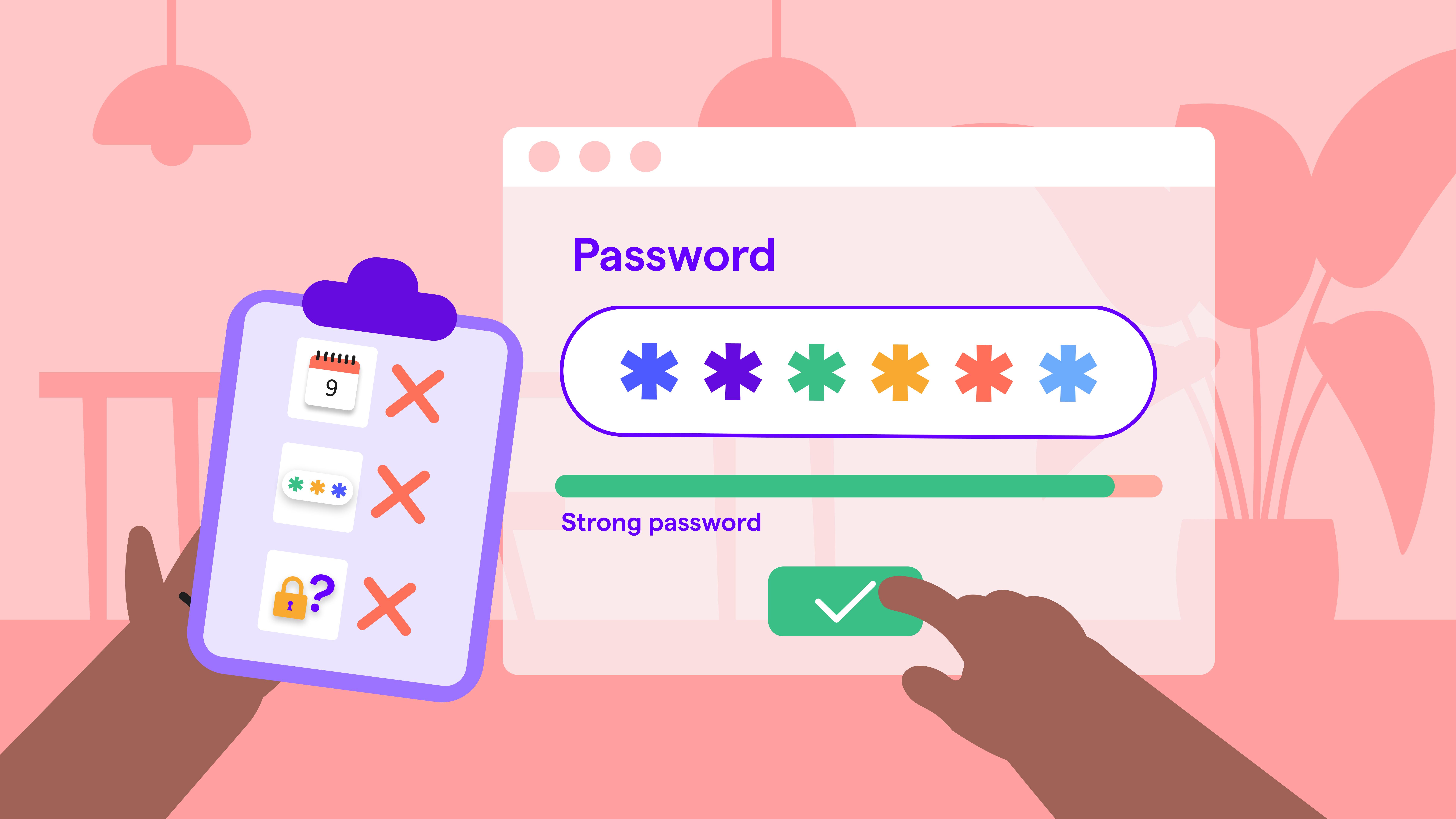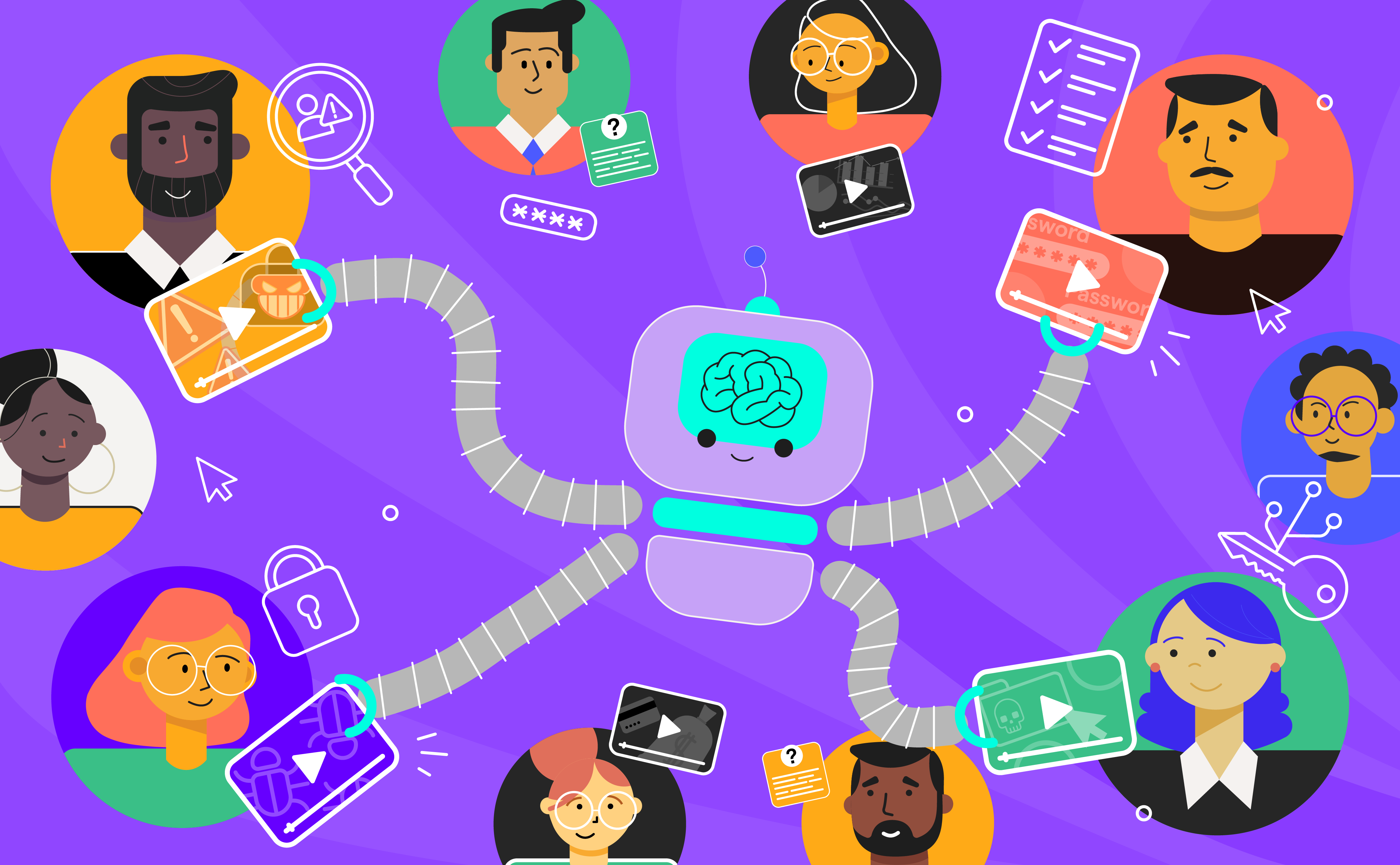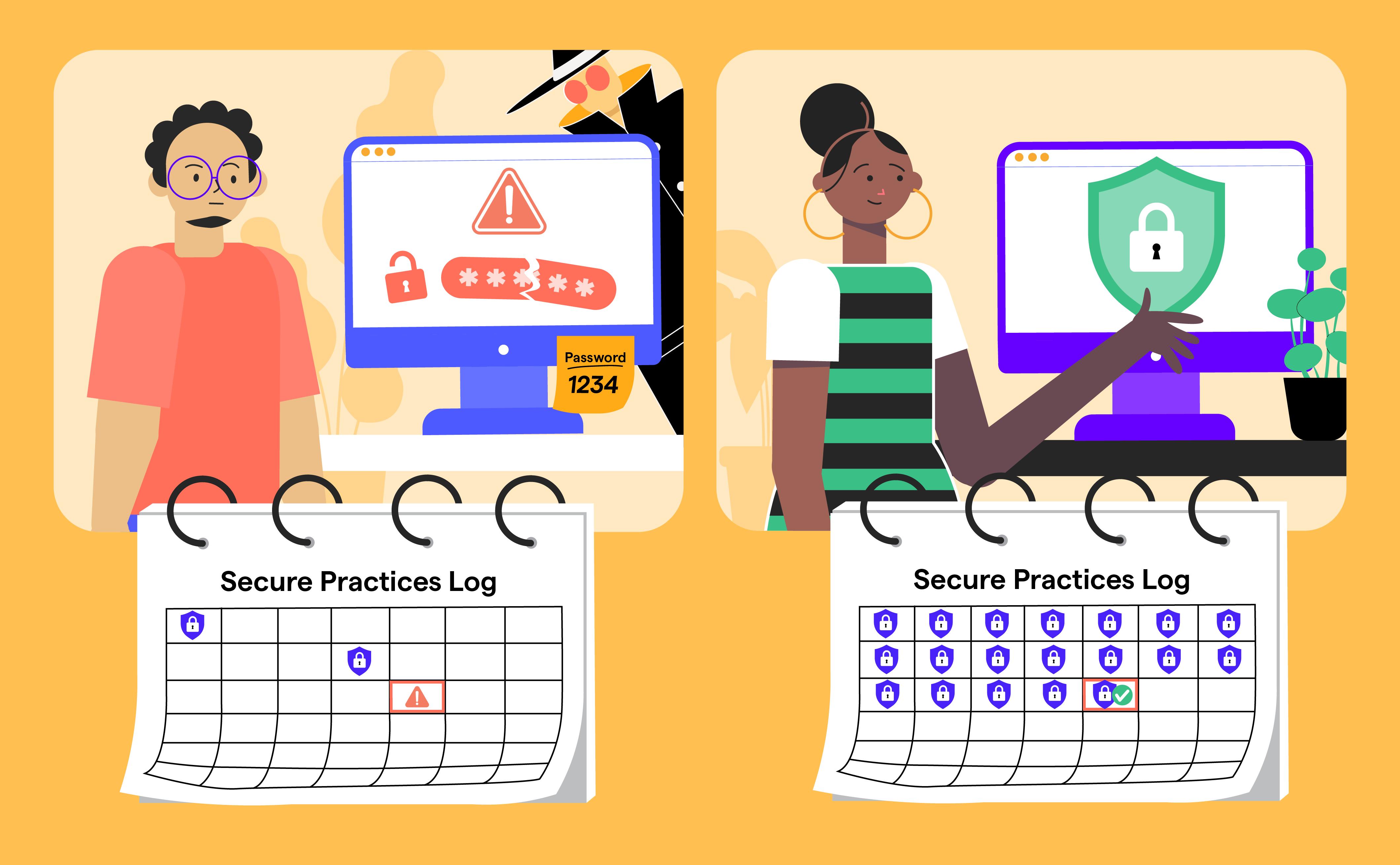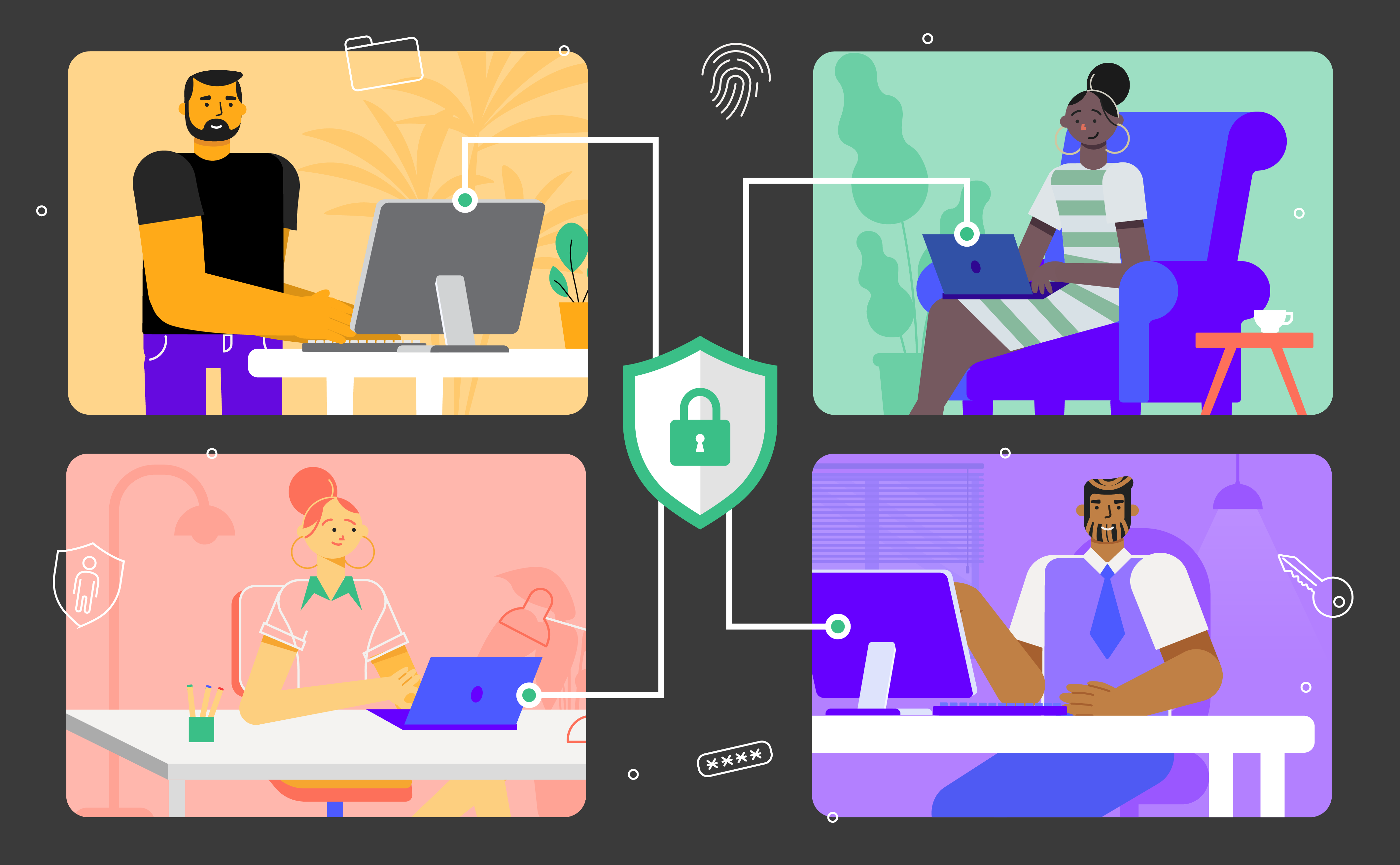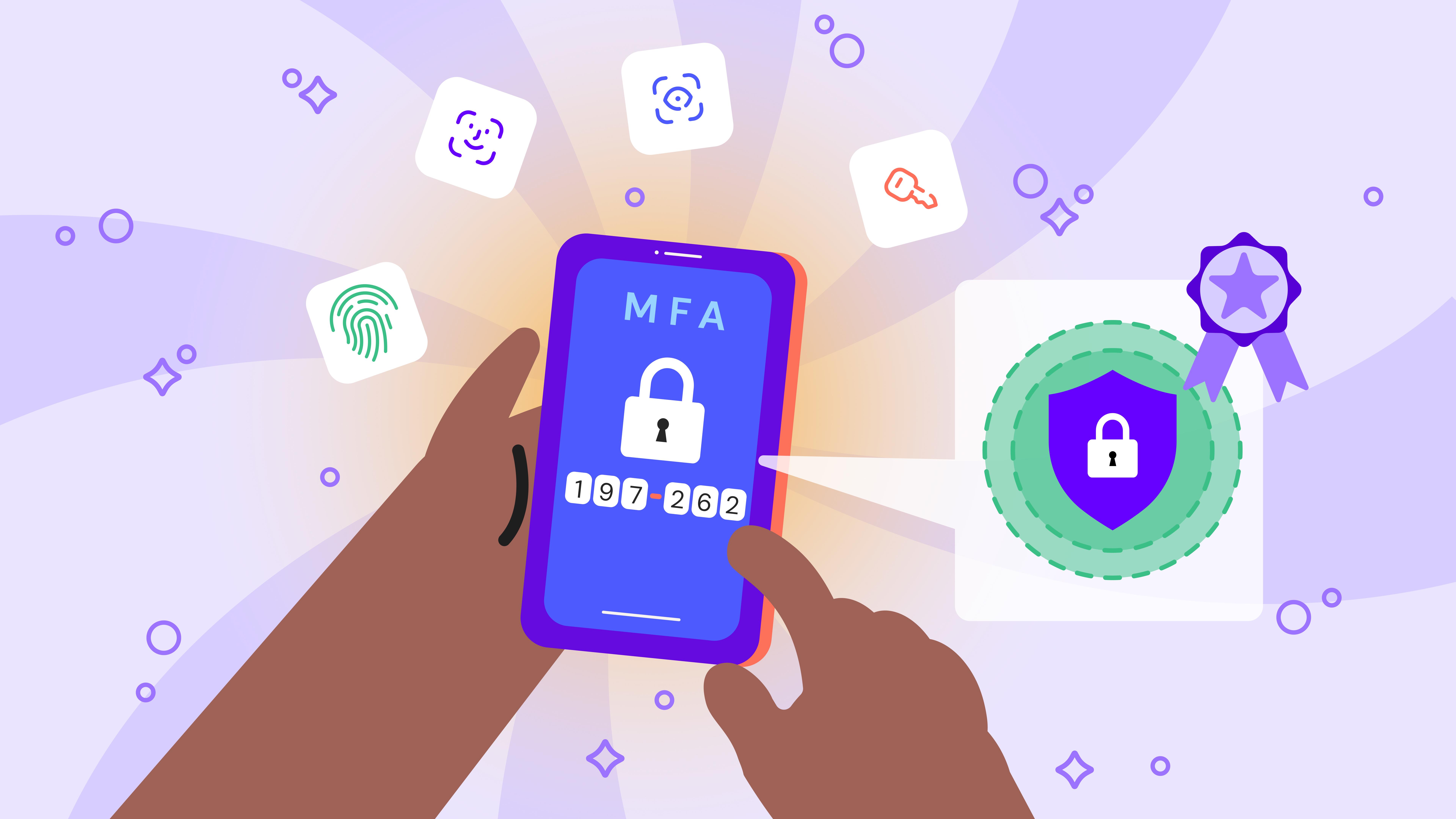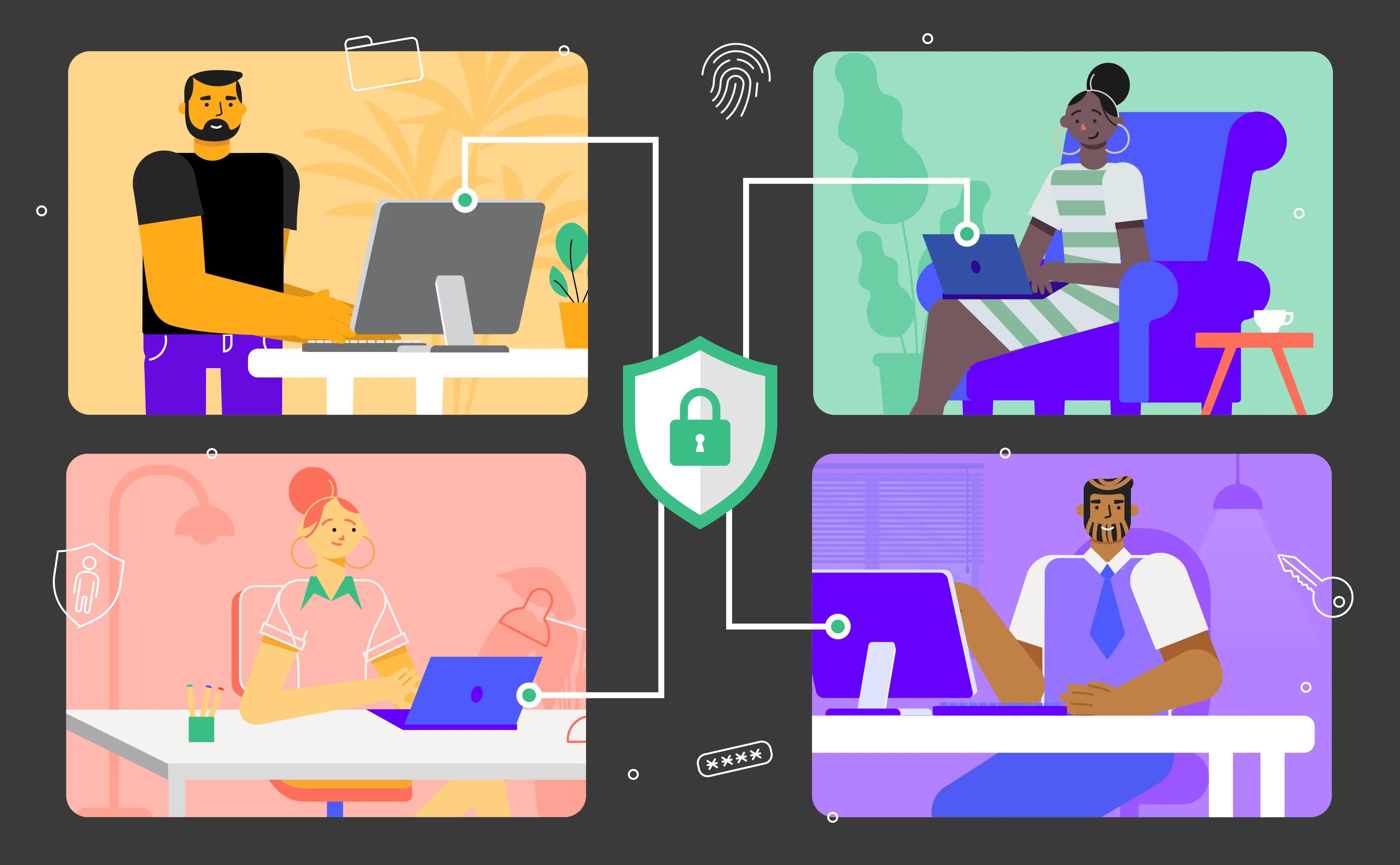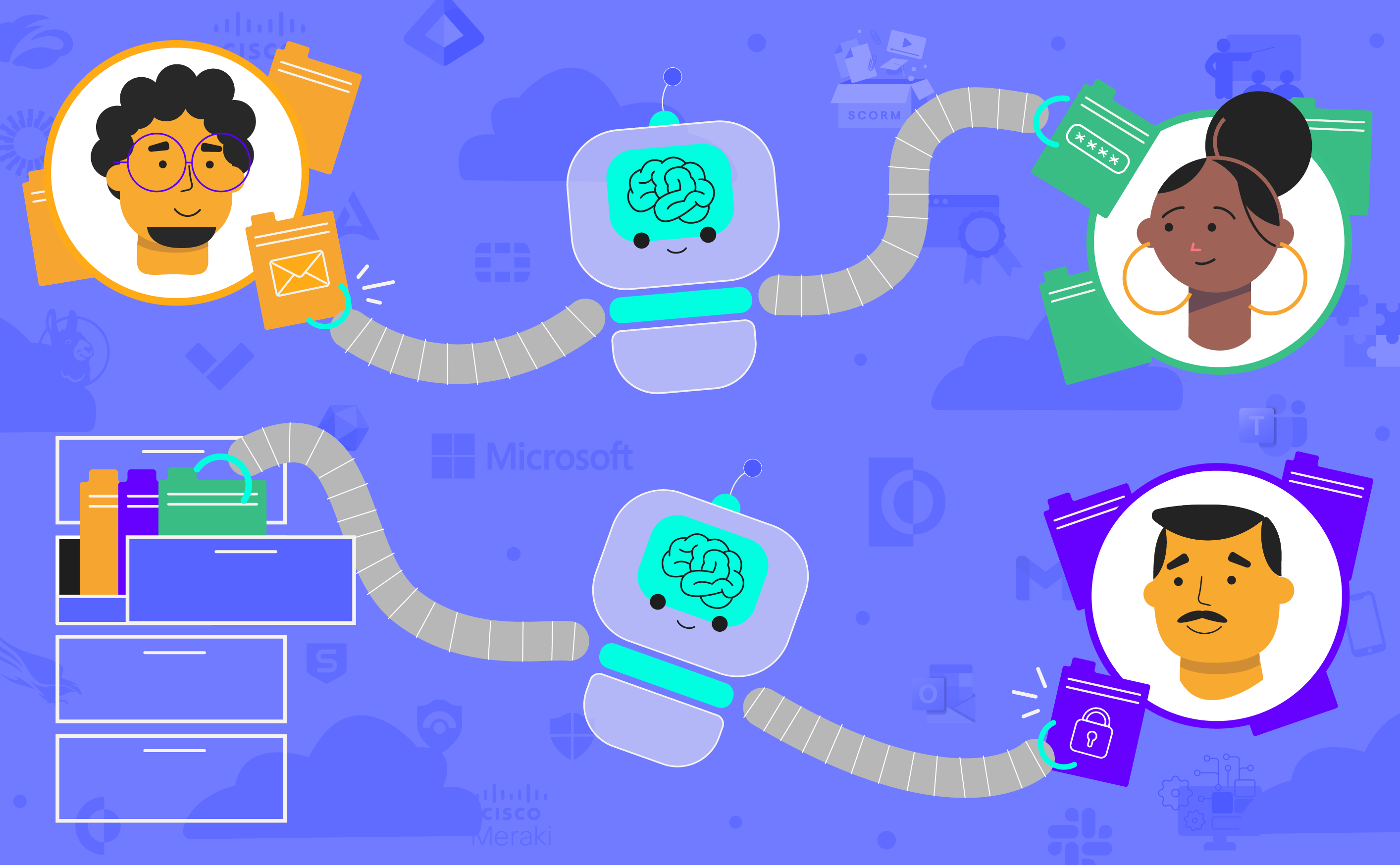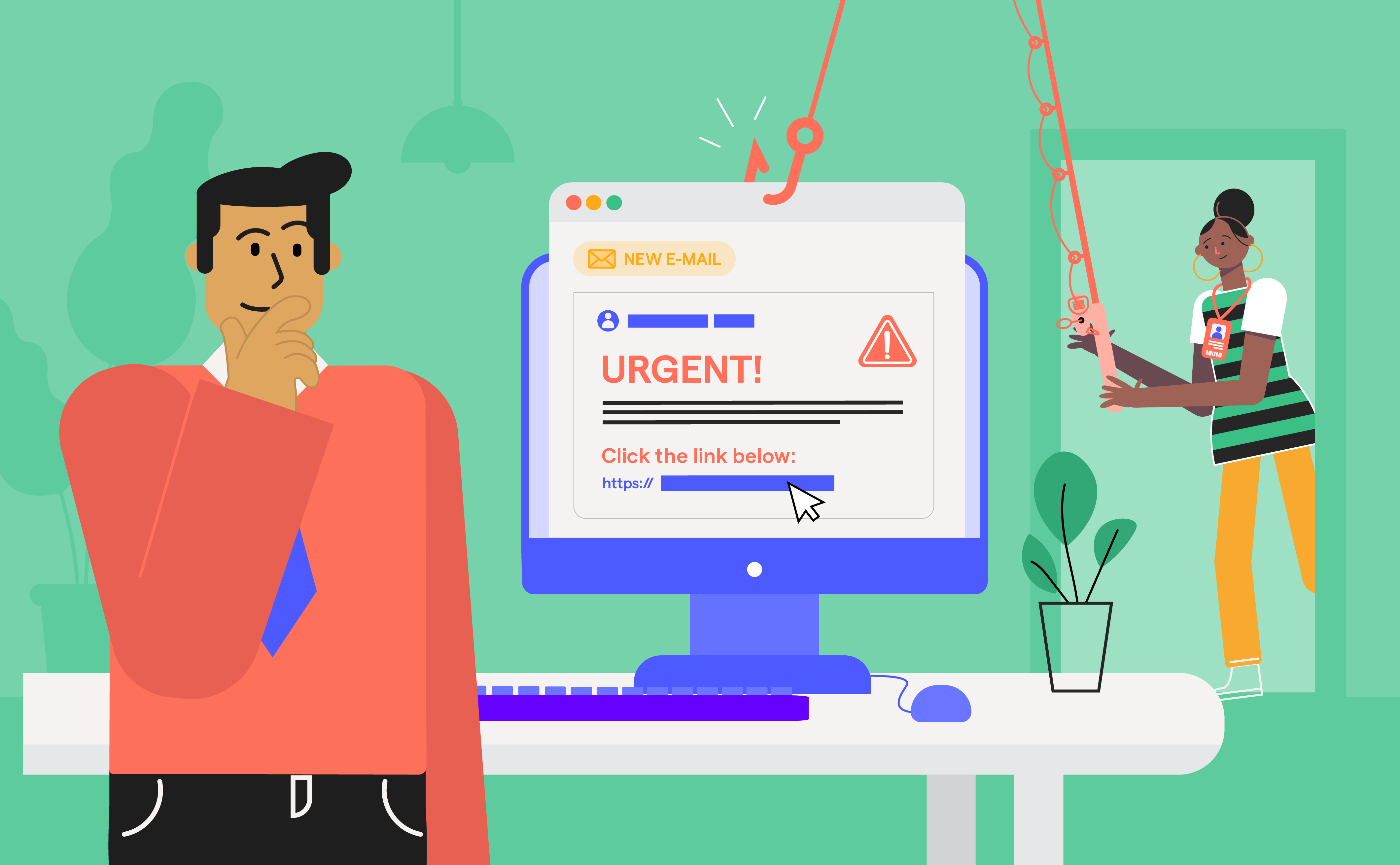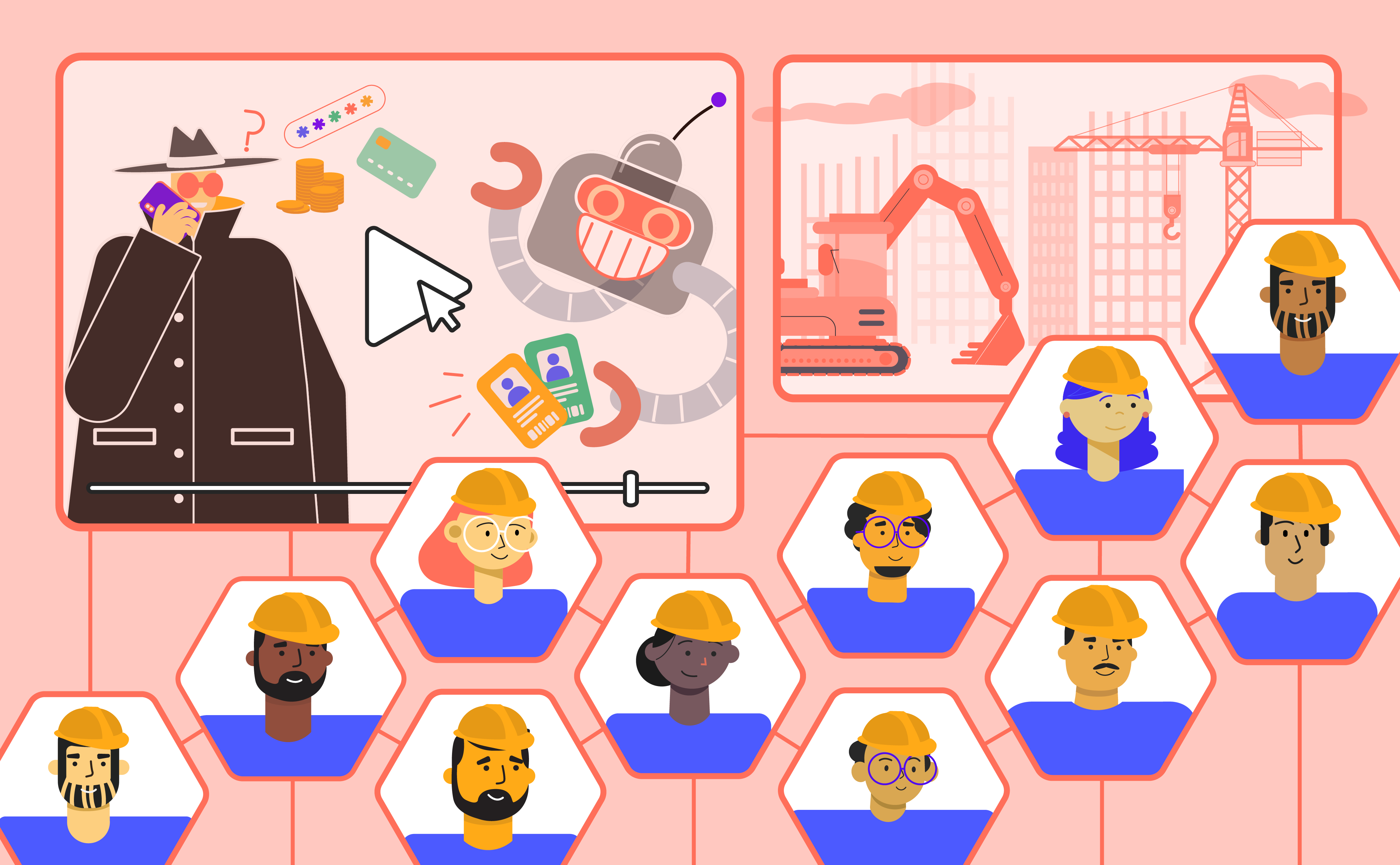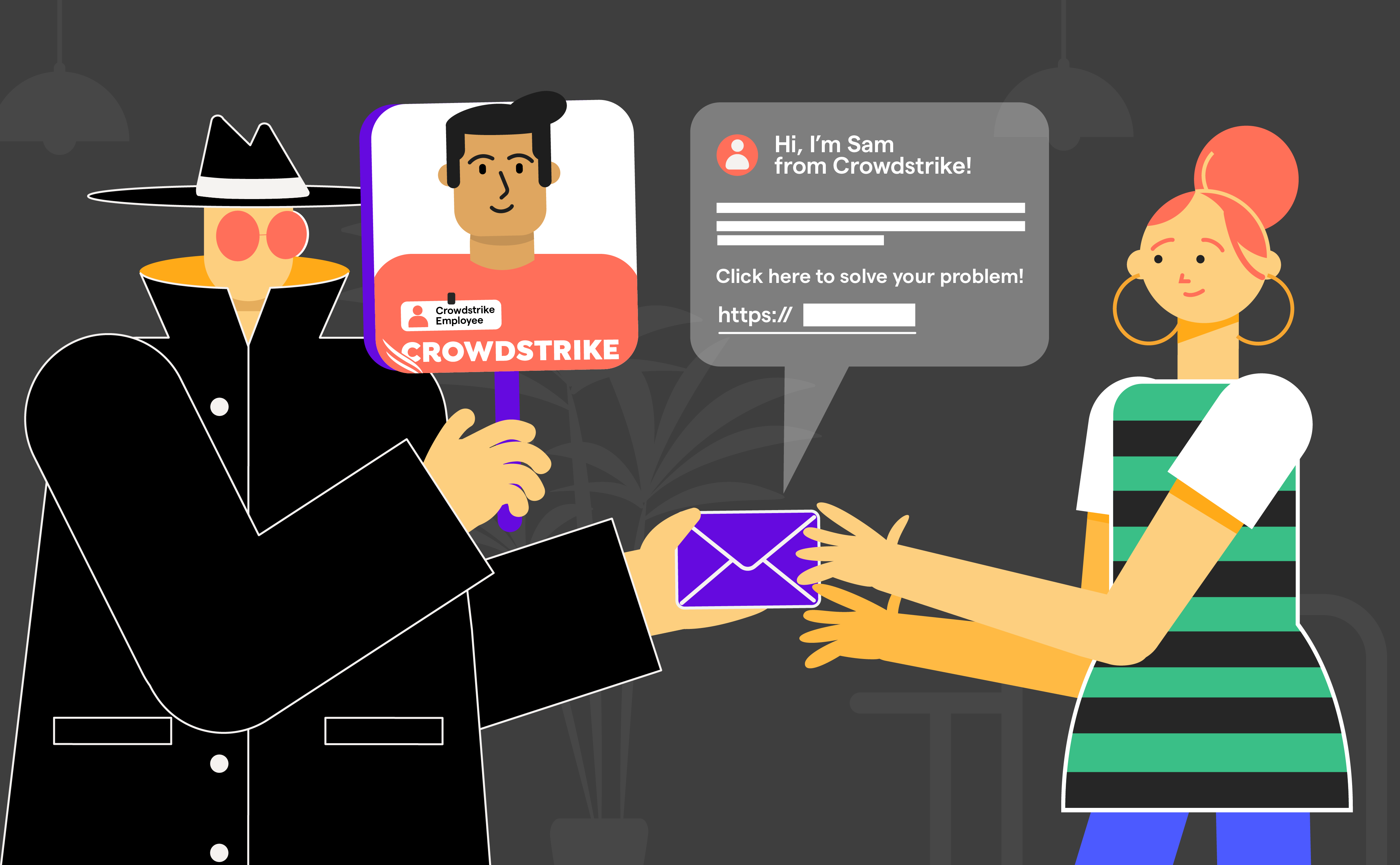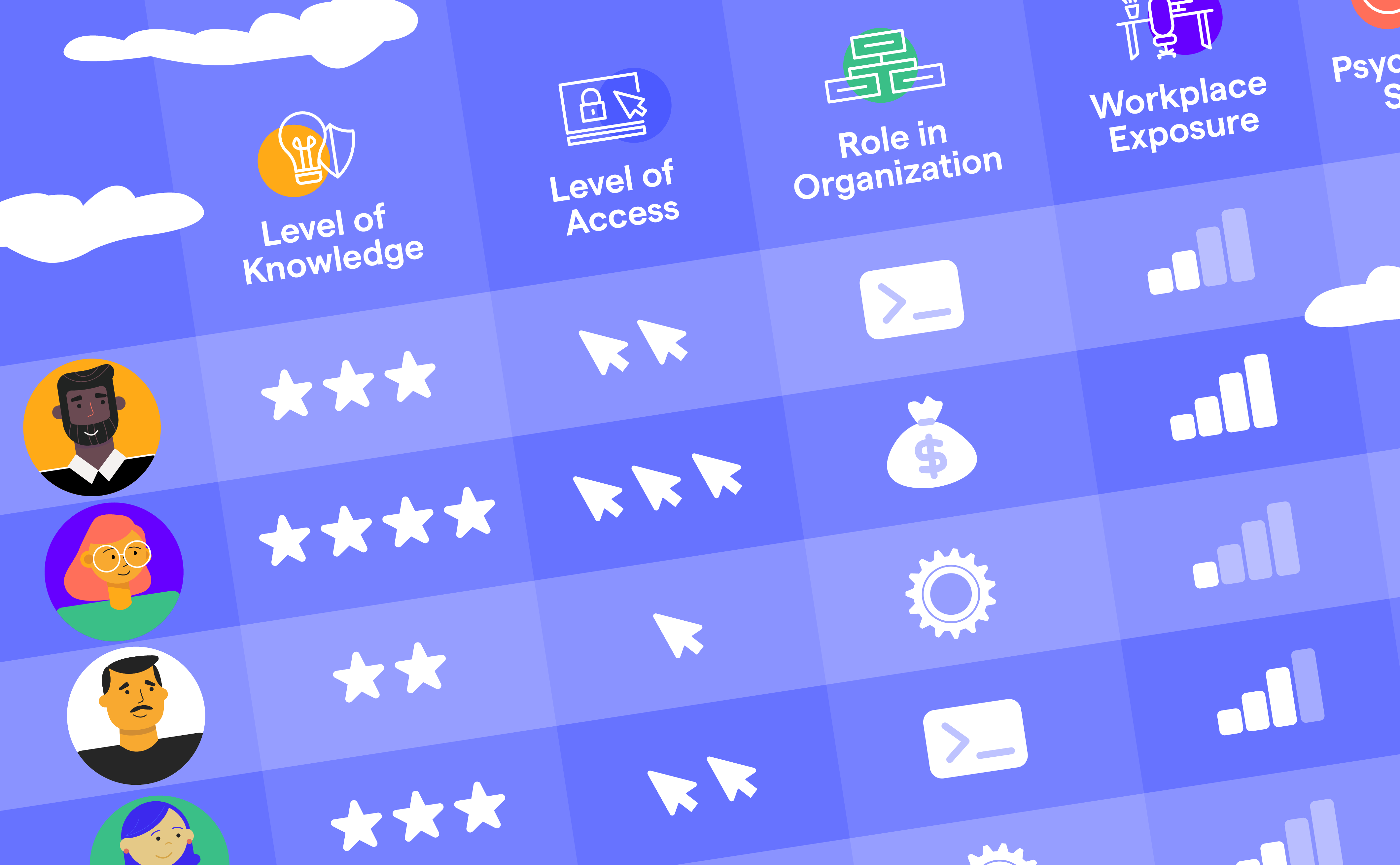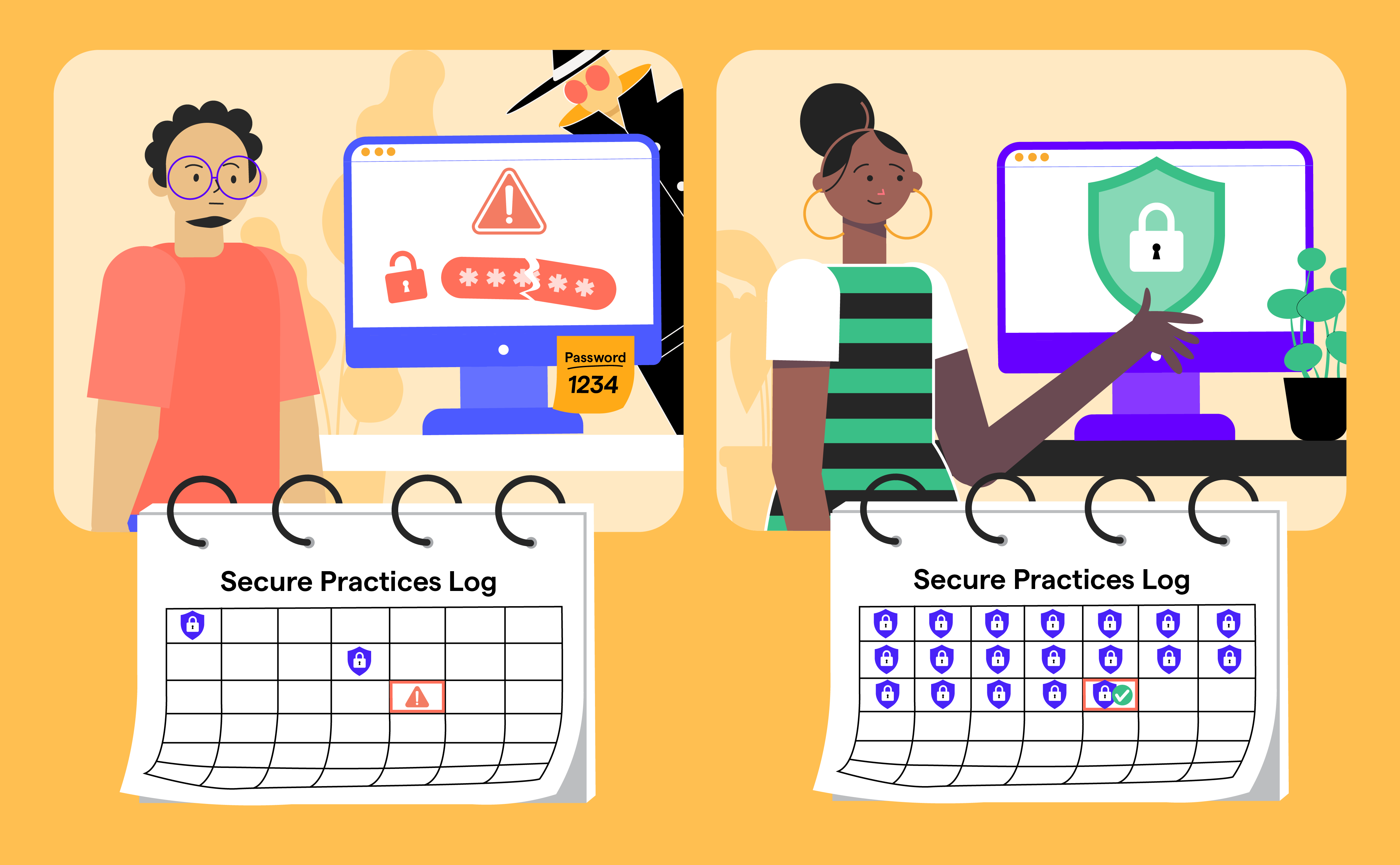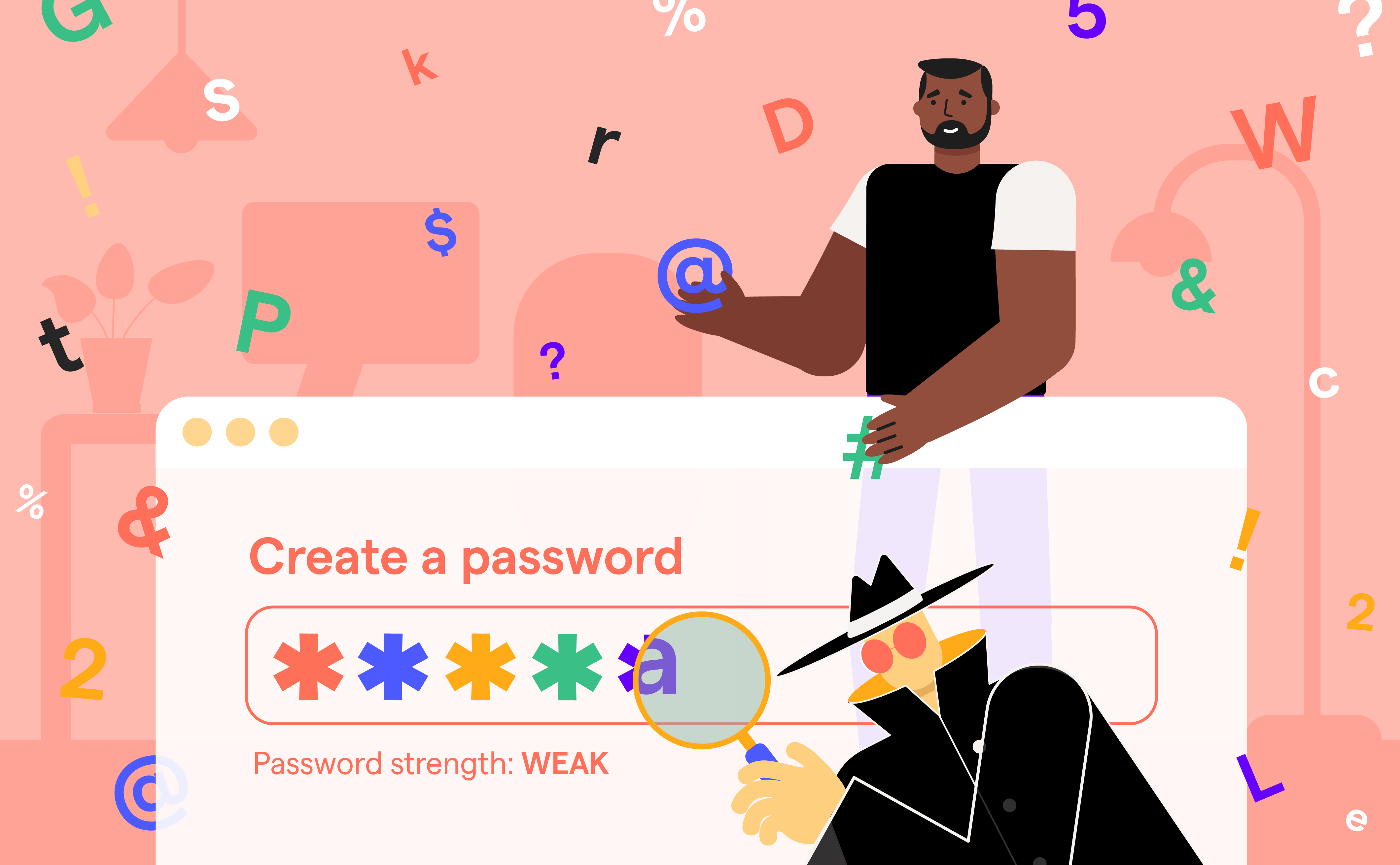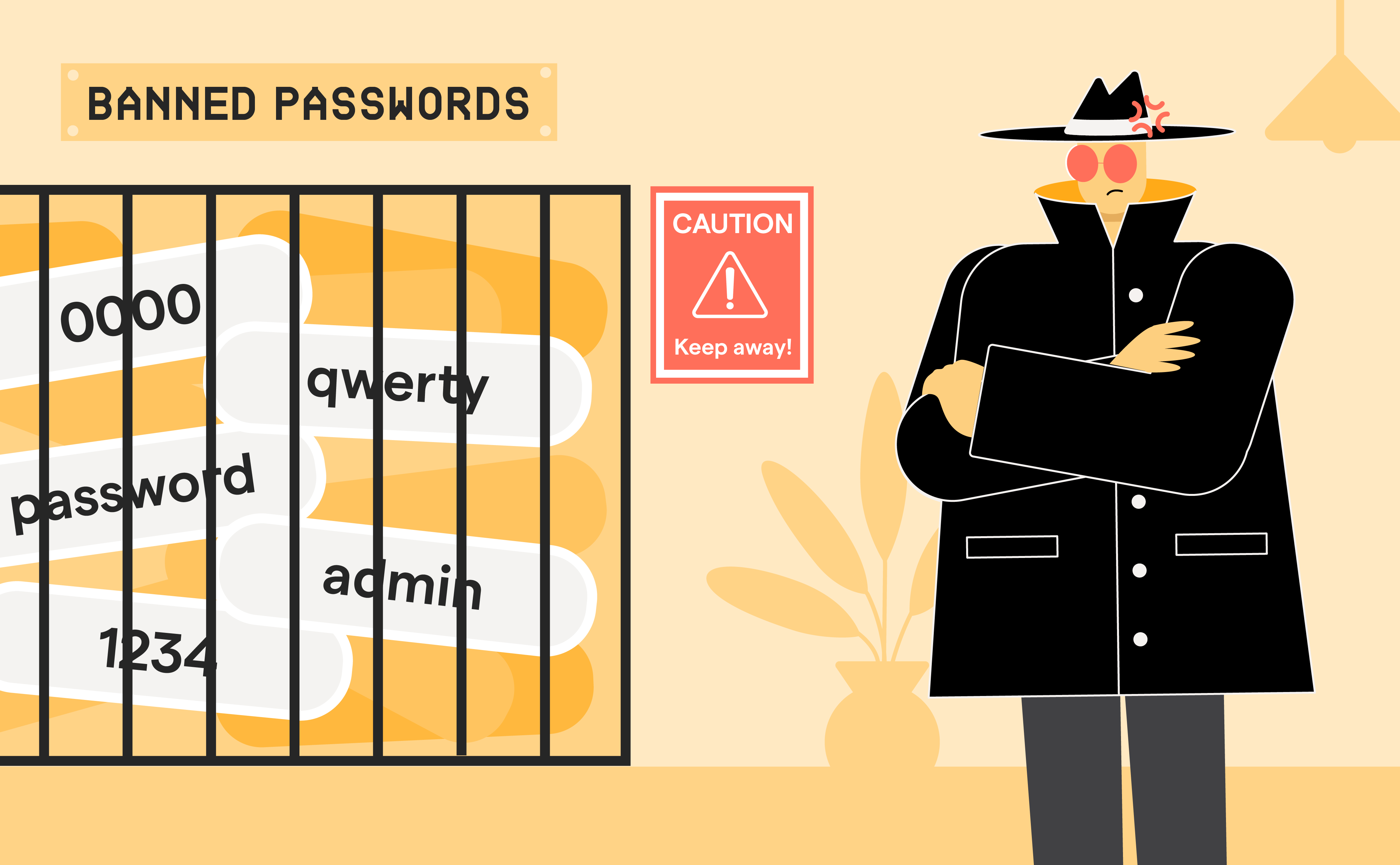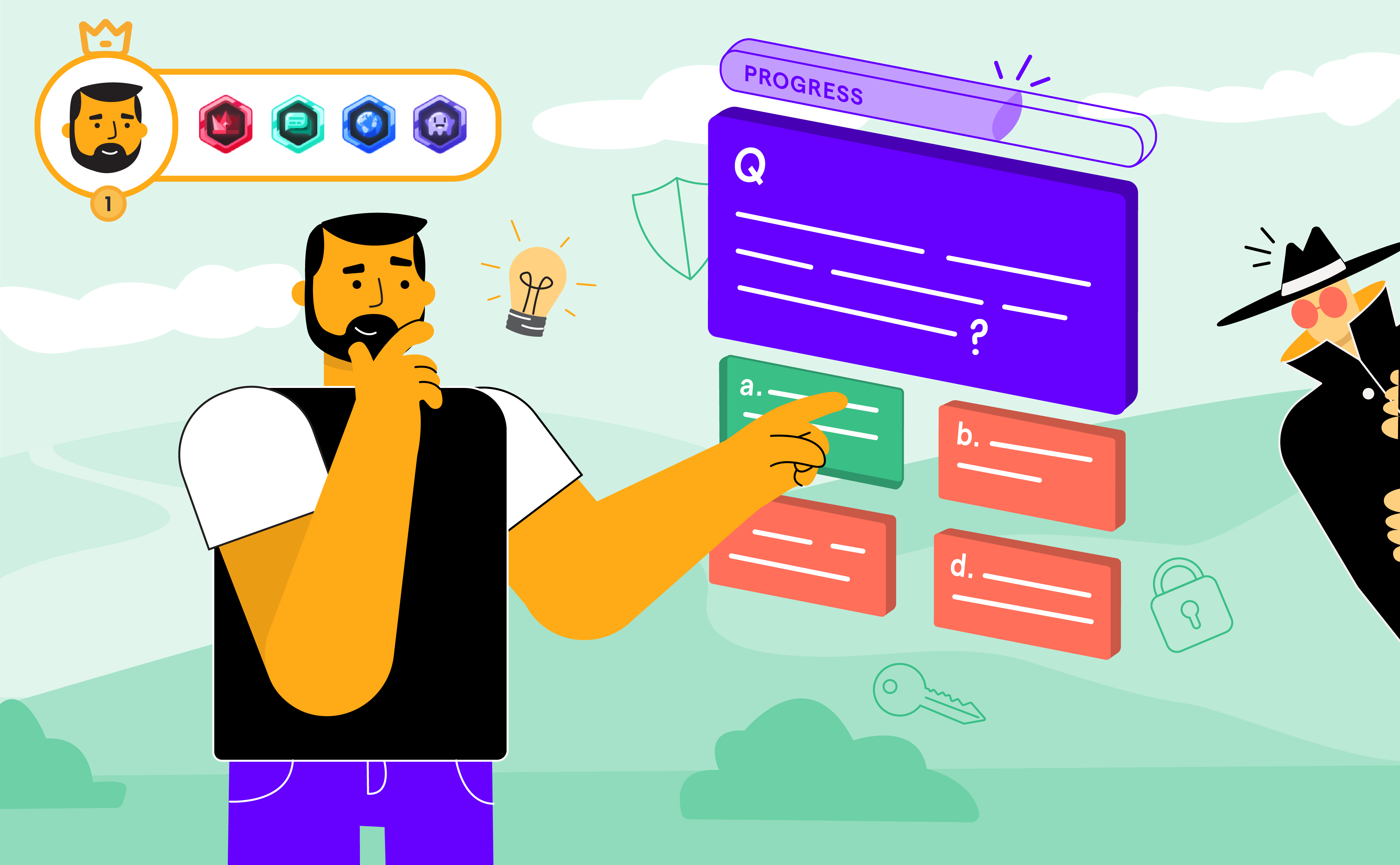
Can Your People Outthink a Deepfake?
Jun 19

Experience OutThink
Imagine getting a frantic call from your CEO asking for an urgent wire transfer. You recognize the voice. You follow instructions. Minutes later, the money’s gone and your CEO never called. What the heck just happened?
Oops! You just got deepfake-ed.
This isn’t sci-fi. It's a business reality. Deepfakes are now one of the fastest-growing threats in cybersecurity, blending artificial intelligence and social engineering into one nasty cocktail of deception. And here’s the catch: they don’t just target your data - they target your people.
Learn how deepfakes are changing the cybercrime game, why traditional tools are now outmatched and how a human-first security outlook will be your new weapon.
By the Way, What’s a Deepfake?
We’ll keep it simple. A deepfake is falsified media such as video, audio, or images that are created using AI to mimic a real person. And it’s terrifyingly convincing.
Behind the scenes, deepfakes are built using tools like:
- Autoencoders, which learn and reconstruct facial expressions and voices.
- GANs (Generative Adversarial Networks), where two AIs duel it out, one creates fakes, the other critiques, until even humans can’t tell the difference.
The result? Synthetic content that feels so real, it hijacks your brain's trust instincts.
Guess what? 2024-25 research reveals that deepfake creation tools are so accessible that anyone with a laptop and YouTube tutorial can get started. And the average cost to create a deepfake? Just $1.33.
This isn’t just cool tech, it's a cybersecurity crisis waiting to happen.
Fraud Has a New Face (And Voice)
Forget misspelled phishing emails. Today’s cybercriminals are cloning your CFO’s voice or face to green-light million-dollar transactions.
One infamous case? A UK energy company’s CEO got duped into transferring €220,000 after a deepfake audio impersonated the voice of their German parent company’s chief executive. Or what about this: Retool, a software firm, was targeted in 2023 by a deepfake scam where a fake “exec” convinced an employee to hand over credentials. One client lost a whopping $15 million!
Deepfakes make impersonation feel like a regular FaceTime from someone you trust.
And that is exactly the problem.
Trust Is the Real Casualty of Deepfakes
What happens when your CEO is seen in a deepfake video making racist remarks? Or when a fake customer testimonial goes viral trashing your new product?
That’s not just awkward PR and it’s brand annihilation.
Reputation hits have financial consequences. According to Beazley’s 2024 report, brand damage due to synthetic media incidents increased 94% year over year from 84% in 2023. A single viral deepfake can send your stock price tumbling, shake investor confidence, and destroy customer trust overnight.
Deepfakes and the Era of Disinformation
The internet was already messy. Deepfakes pour rocket fuel on misinformation.
Bad actors are deploying fake videos and AI-cloned voices to manipulate public opinion, fake endorsements, and sow chaos which are often for political or economic gain. And it doesn’t even cost much. Studies show malicious actors can spend as little as $0.07 to reach 100,000 social media users with deepfake content.
If you thought fake news was a headache before, deepfakes are a full-blown migraine.
Deepfakes Bypass Traditional Cybersecurity Tools
The fact is that firewalls, antivirus, endpoint protection - none of them stop a video of your CEO “saying” something they never said.
Why? Because deepfakes don’t exploit software. They exploit human psychology.
They target your employees' trust reflex, your customers’ perception of truth, and your executive team’s public voice. And when people believe the lie? That’s game over.
So no, traditional tools won’t cut it.
The Human Risk Firewall You Actually Need
OutThink isn’t your average cybersecurity solution. It’s built around the idea that truly resilient cybersecurity starts with people, not technology.
In a world where cyber criminals manipulate human emotion, perception, and trust, OutThink trains, equips, and defends your people like they’re key pillars of your cyber strategy. (Because they are!)
Here’s how OutThink helps you outsmart deepfakes:
1. Training that engages to influence behavior: OutThink’s training isn’t about "Don’t click bad links." It’s immersive, adaptive, and tailored to how real humans behave under stress, urgency, or executive pressure. The platform helps employees spot deepfakes by educating them with real-world attack simulations and dynamic feedback loops.
2. Human risk intelligence that sees around corners: OutThink doesn’t just tell you what happened. It anticipates what might happen by mapping your organization's human risk patterns and stress points.
Are You Prepared for the Deepfake Era?
The future of cybercrime isn’t hackers in hoodies typing in the dark anymore. It’s all about AI-generated voices mimicking random people or office executives or videos making you or the executives say awful things, and emails from "trusted partners" that sound just right.
And the biggest risk isn’t just the technology, it’s the very human willingness to believe what we see and hear. Deepfakes attack our instincts. And if your people aren't equipped to question what’s real then your brand, your finances, and your trust equity are all on the line.
A 2024 study revealed that over 61% of respondents strongly believe there's an urgent need for public awareness about deepfakes in the media. The data shows an overwhelming consensus that people need to understand how deepfake technology works, and what it can be used for, whether it’s impersonating leaders or spreading disinformation.
This isn’t a fringe concern. It's a mainstream cybersecurity crisis, hiding in plain sight.

